When it comes to Soviet ghost towns in Svalbard the most famous is Pyramiden, as well as the still functioning Barentsburg, but alas with sanctions these are VERY difficult to reach. It was these issues that led us to visit Grumant and Colesbukta on our recent tour to Svalbard.
To read about our Svalbard tour click here.
What’s the history of Grumant and Colesbukta?
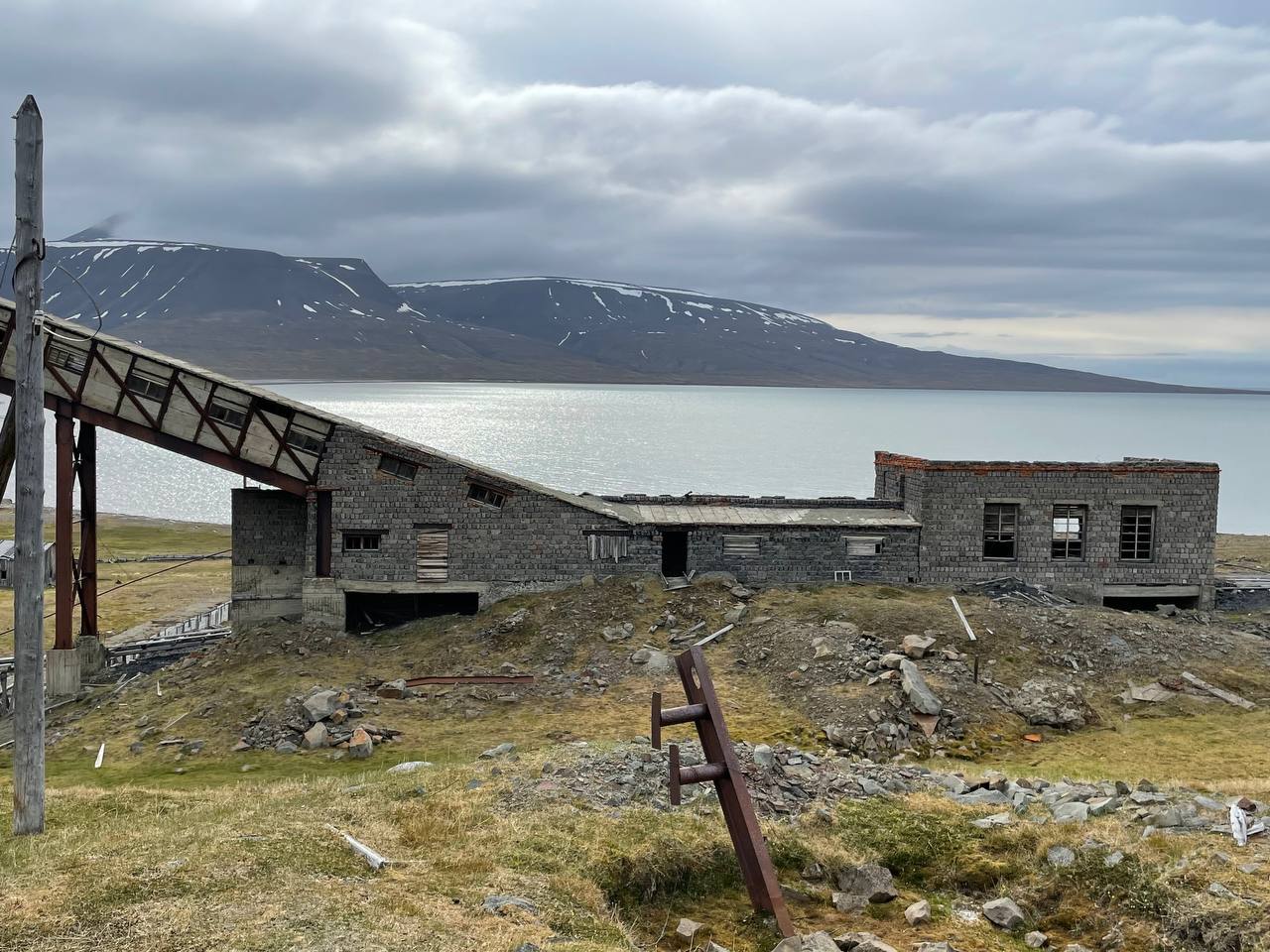
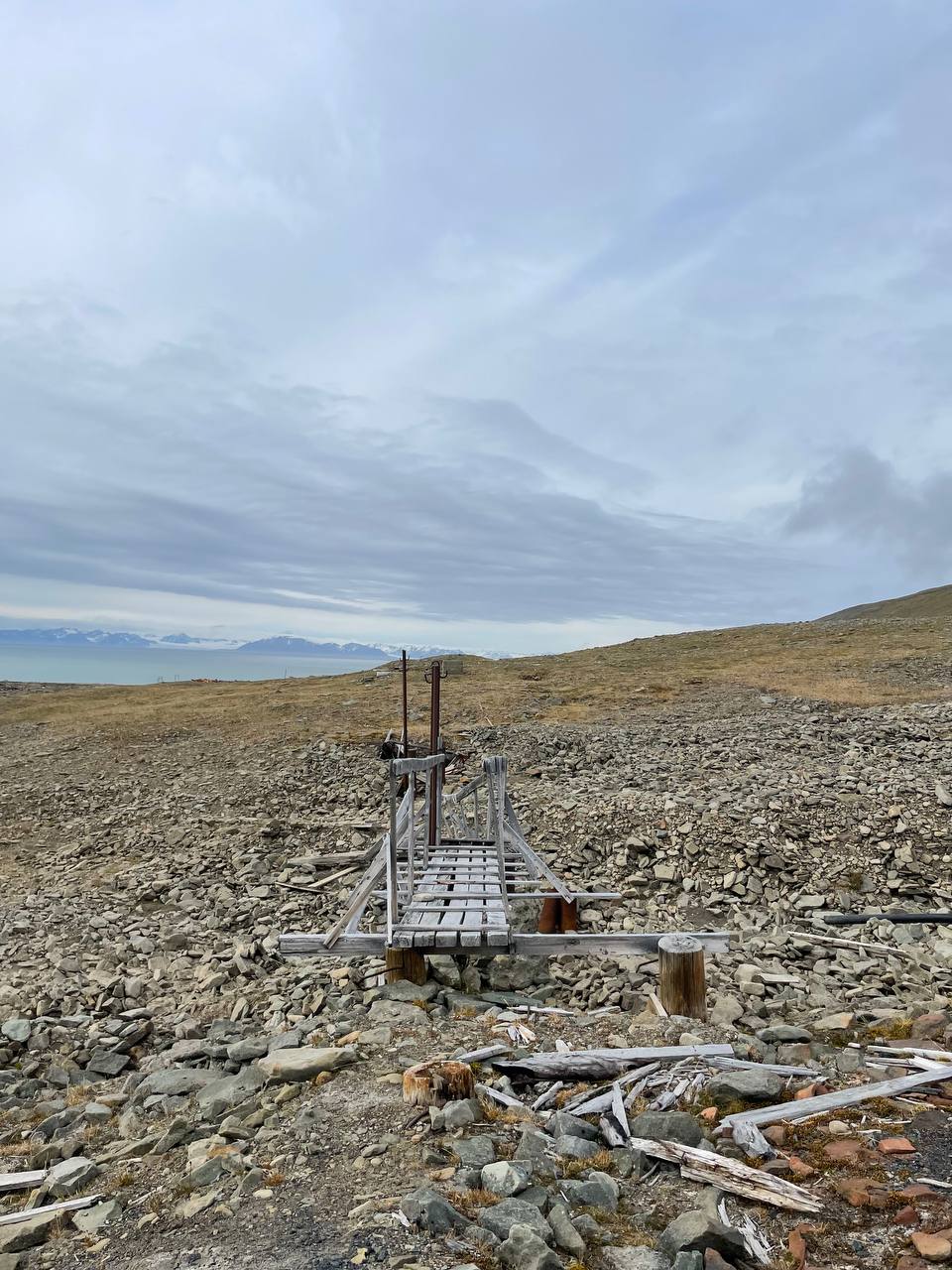
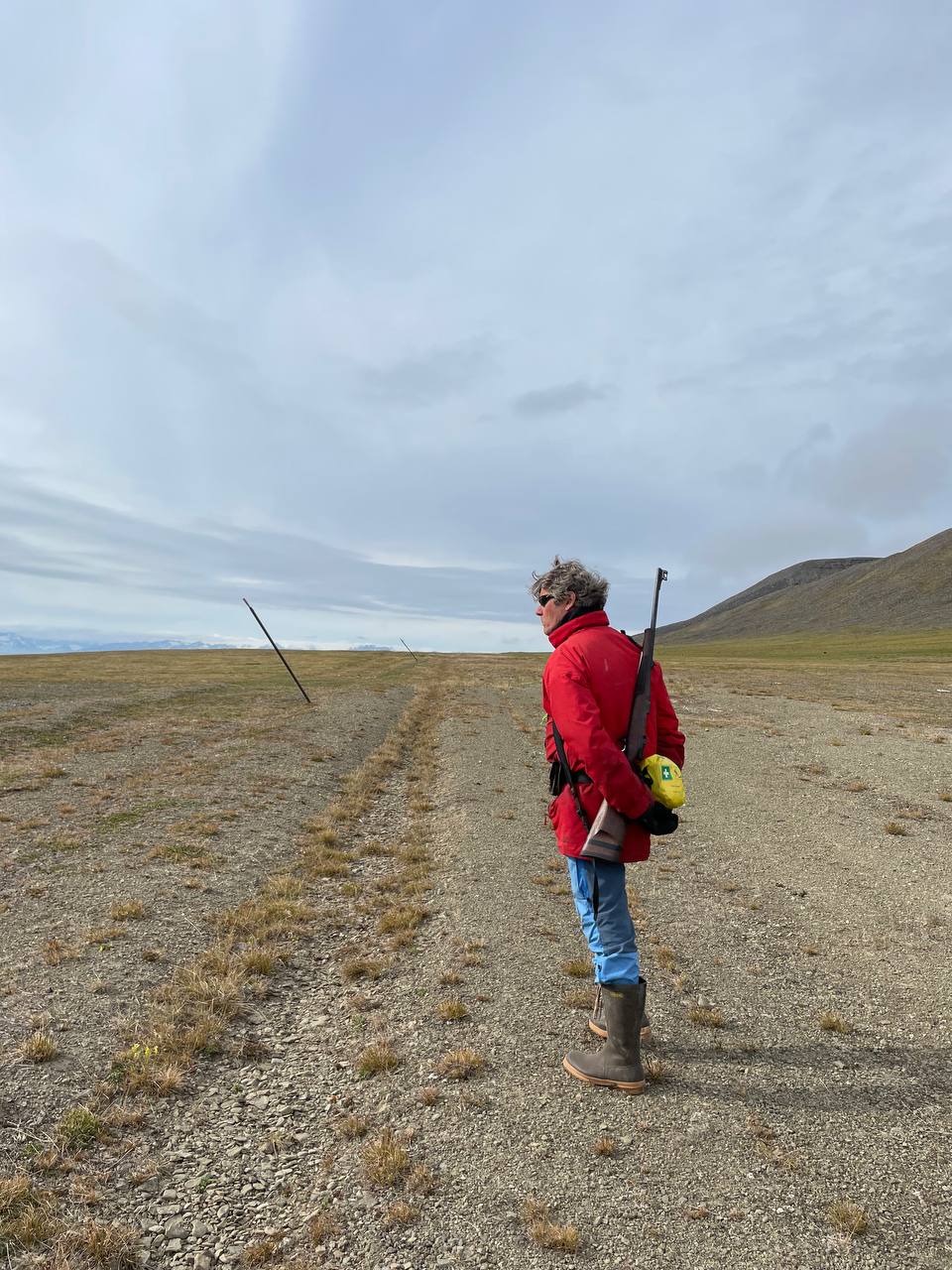
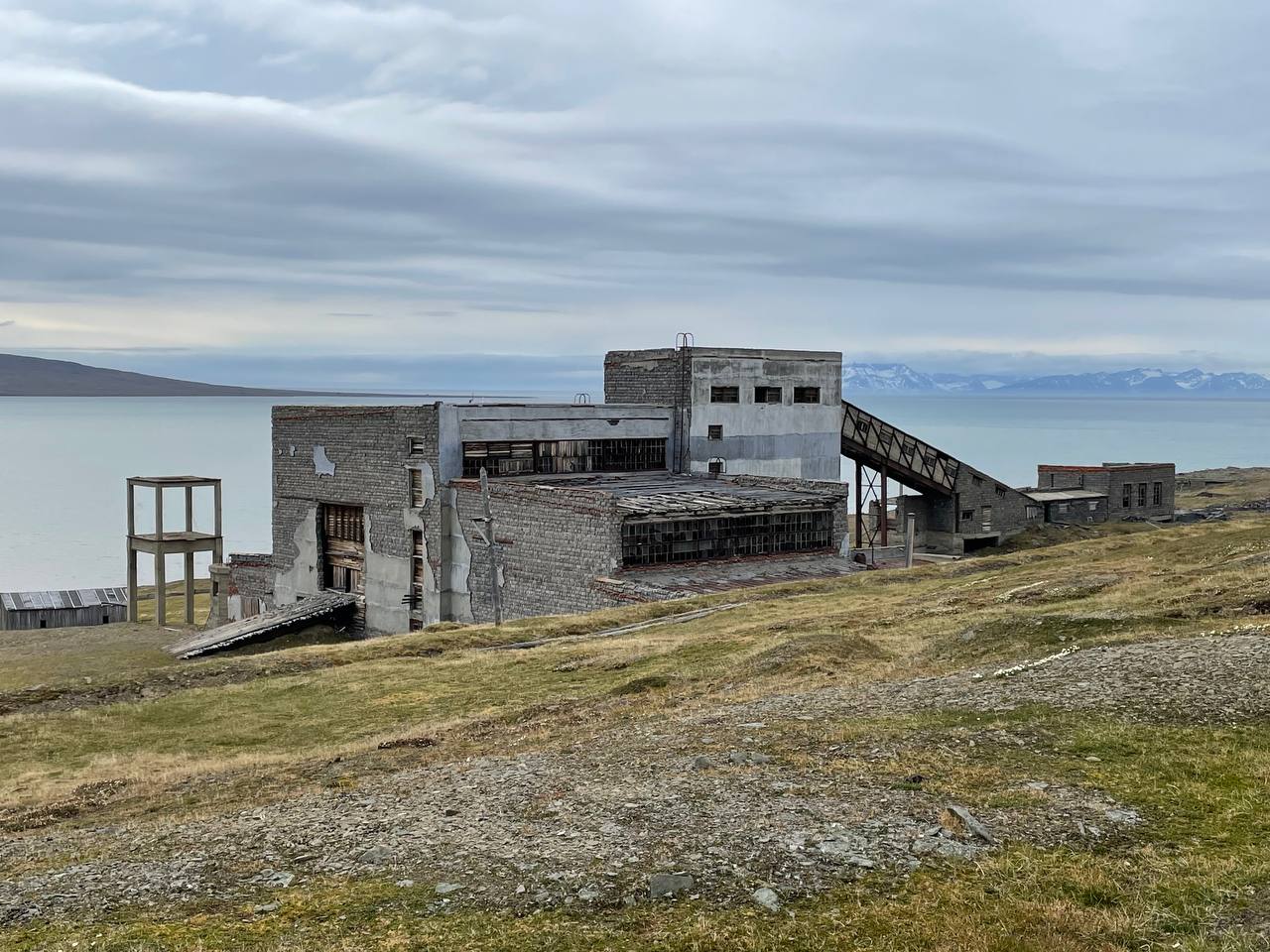
Often used interchangeably Grumant, or Grumantbyen was a Russian mining settlement, with Colesbukta, or Coles Bay being the bay and dock where the mined coal would be shipped from.
Originally established in 1912 it eventually came under Soviet control, with mining going on until it was abandoned in 1965. It’s population peaked at 1,106 in 1951 making it the third most important Russian settlement in Svalbard, although that does make it last.
What is there to see and do in Colesbukta?
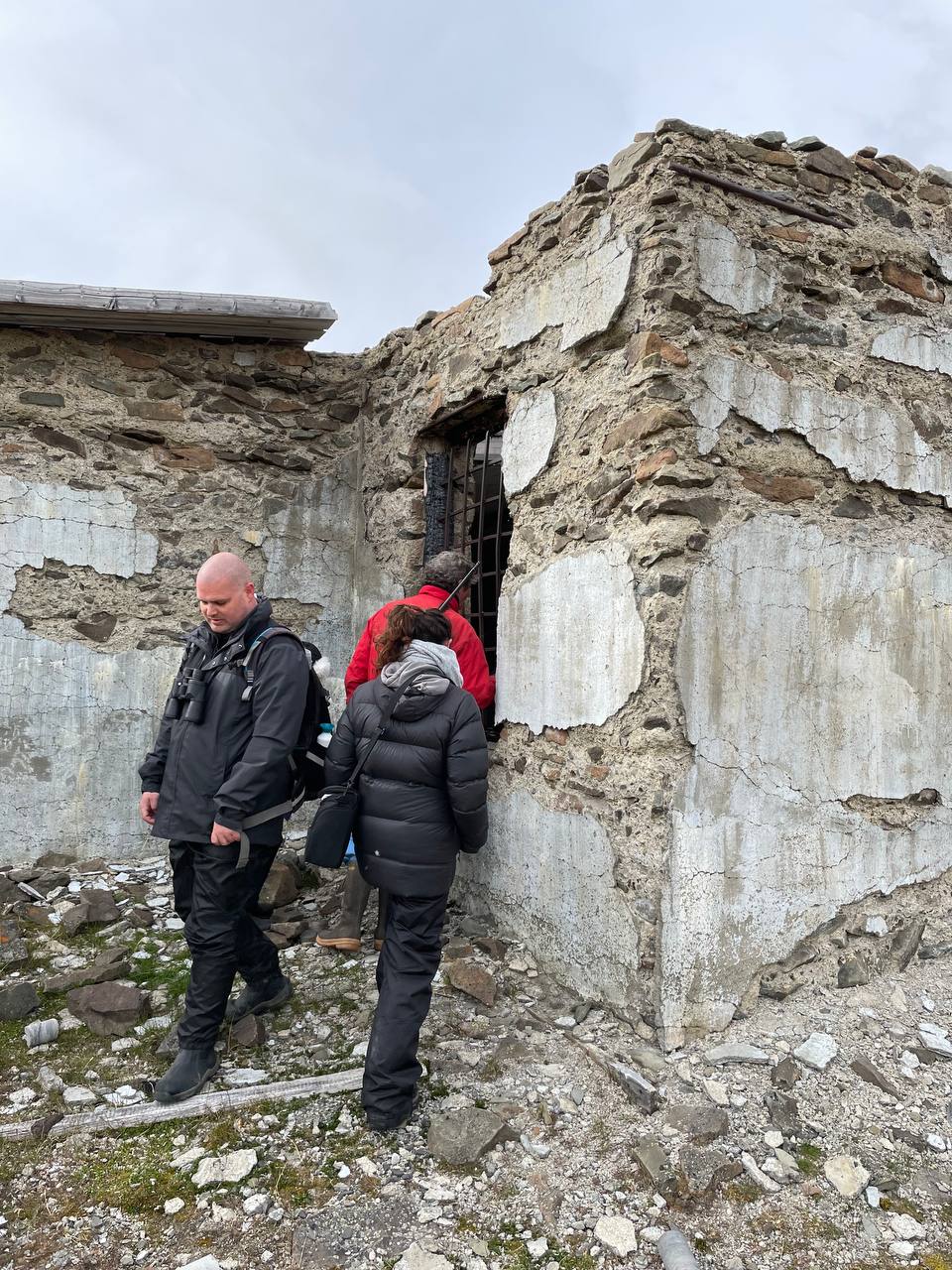
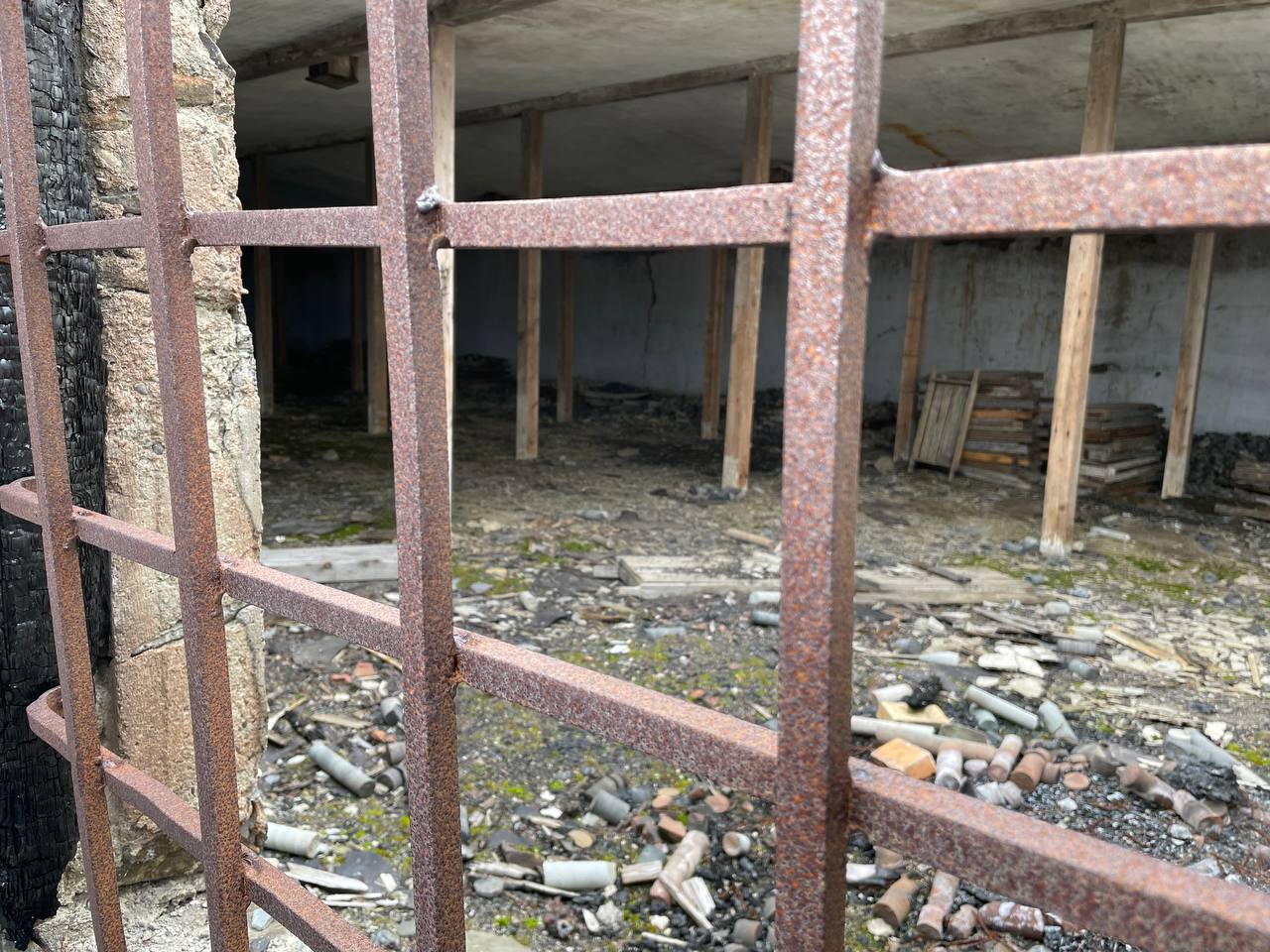
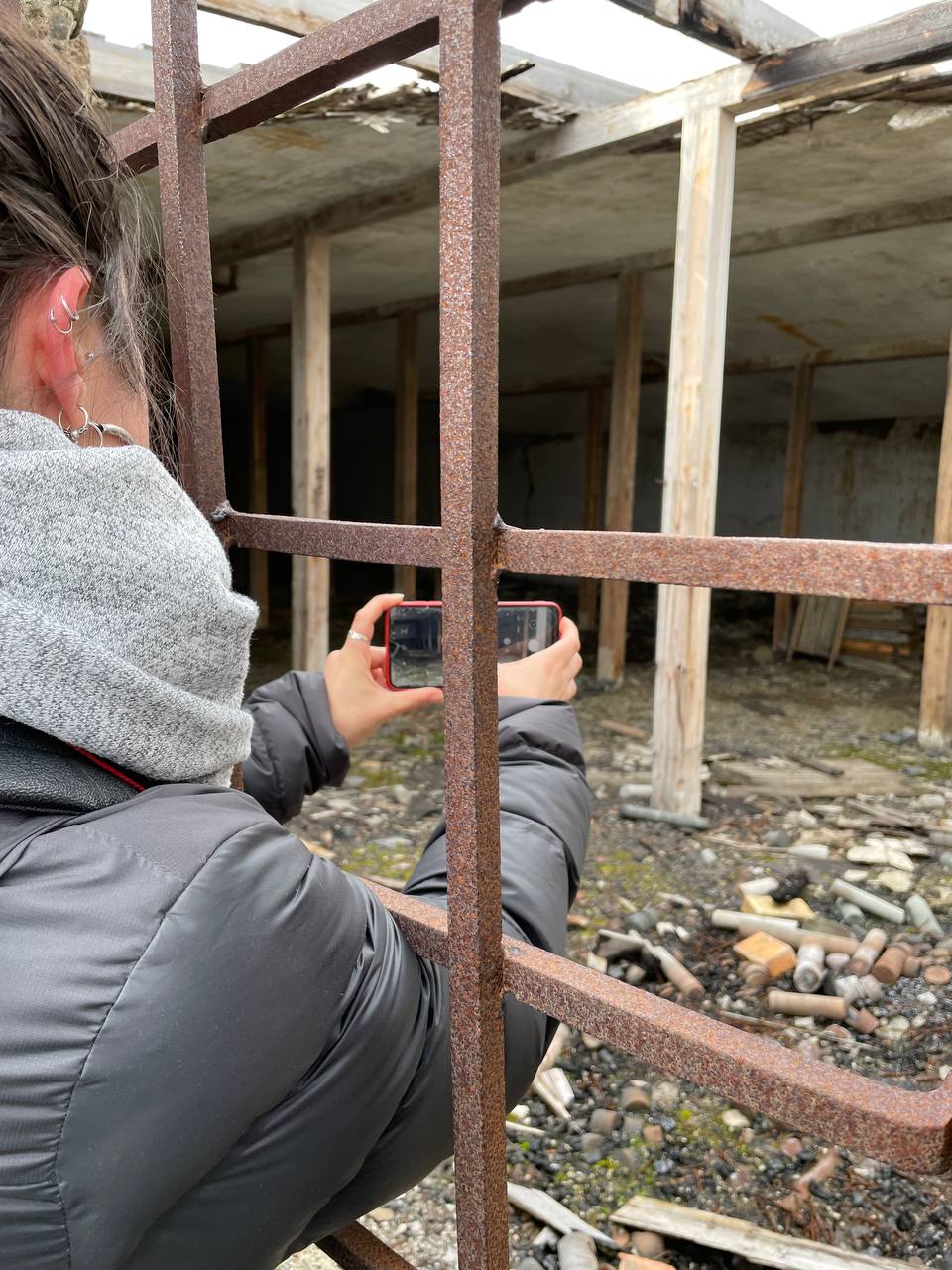
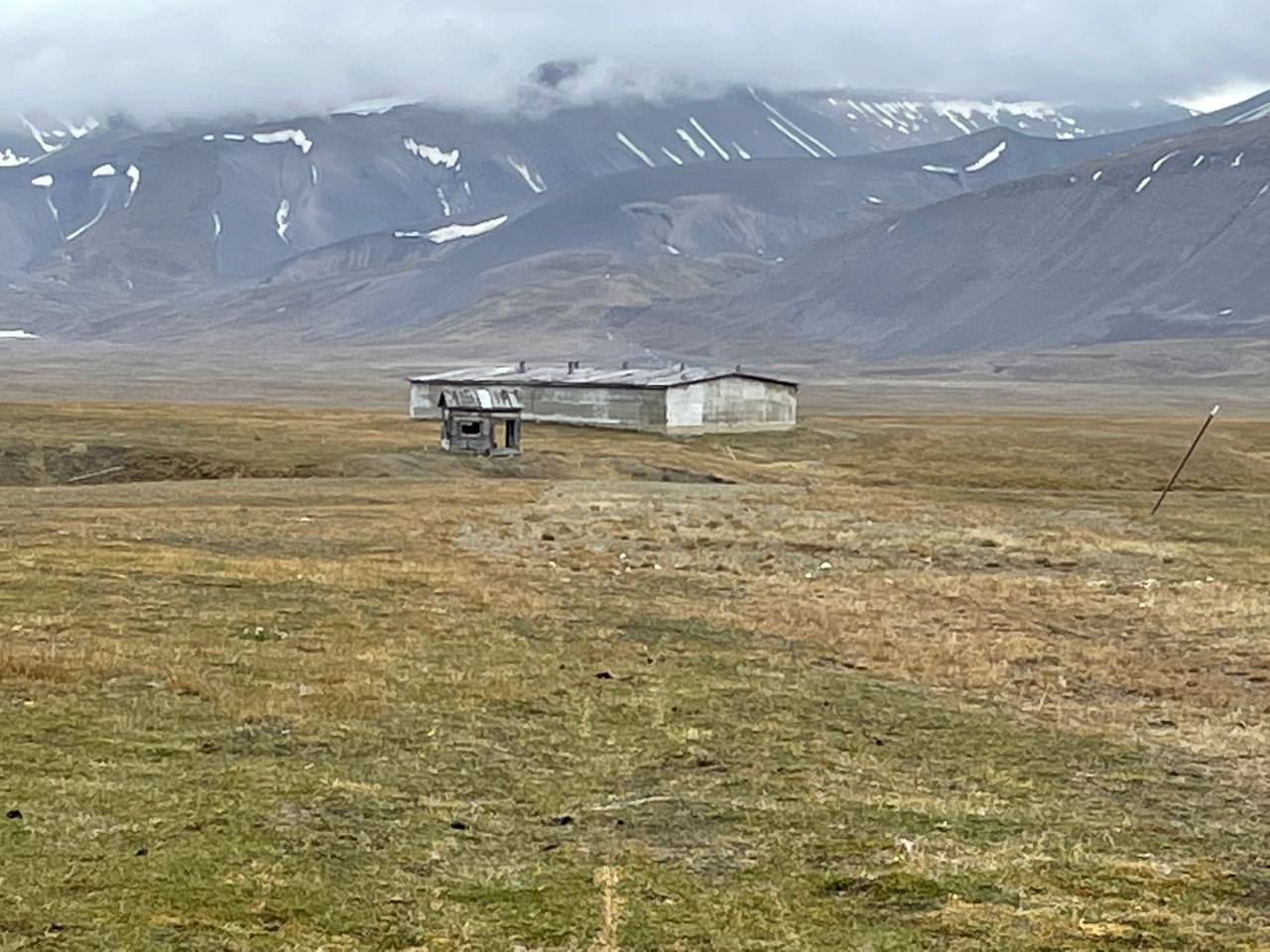
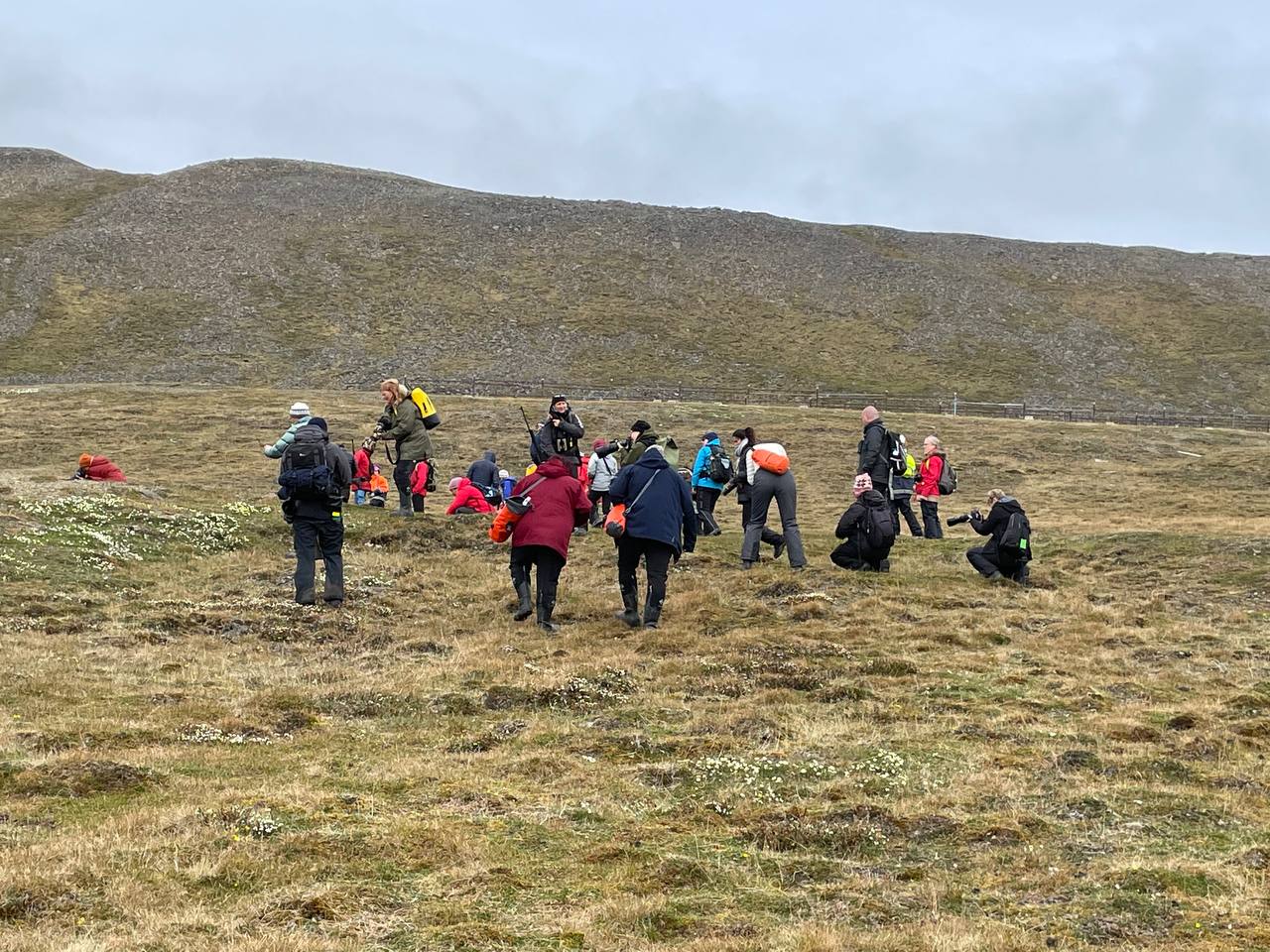
In fact the main things to see and do are located around Coles Bay, or Colesbukta. What is fascinating is that despite being abandoned for almost 50 years the artic climate has largely meant little to no decay.
Sadly it is no longer possible to dock at the pier, with the wooden remains reminiscent of an English seaside town, with the wasted away wood not looking very safe. You can though dock nearby, here you can access what were the living areas of the residents. What you are treated to is one well kept building that according to the sign (in English) is still being used for scientific purposes.
And as for the other buildings? Well they have seen better days and allegedly are not only tumbling, but filled with asbestos. On our trip though we managed to find an old Soviet generator which had “a made in the CCCP” sign on it, which as you can imagine made YPT quite happy.
Going further on and a little bit of a hike you get to the coal mining factory, which although not possible to enter makes for a great pic. You can also see the remnants of the railway which used to transfer the coal from the town to the port.
Northern red stars and football pitches
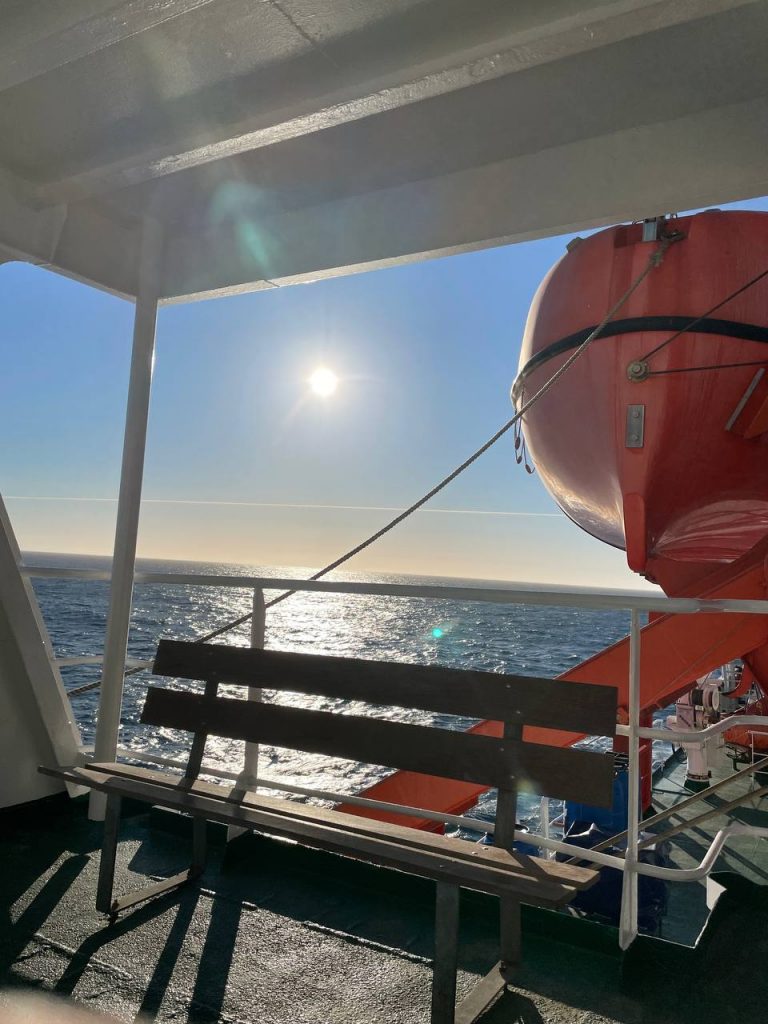
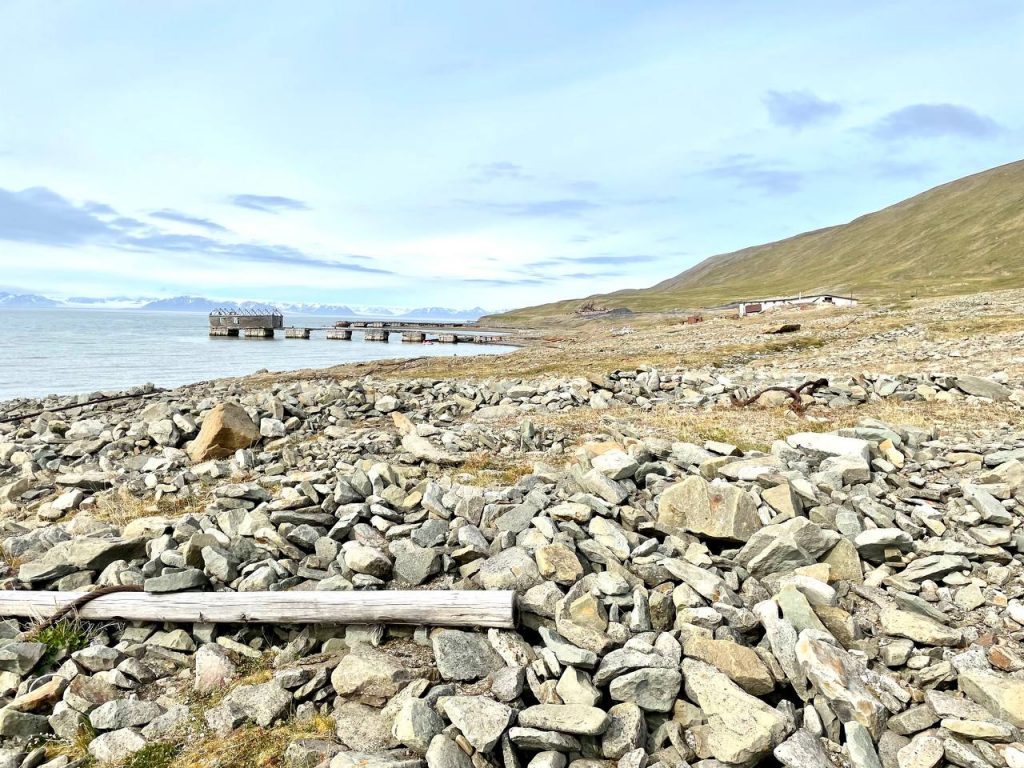
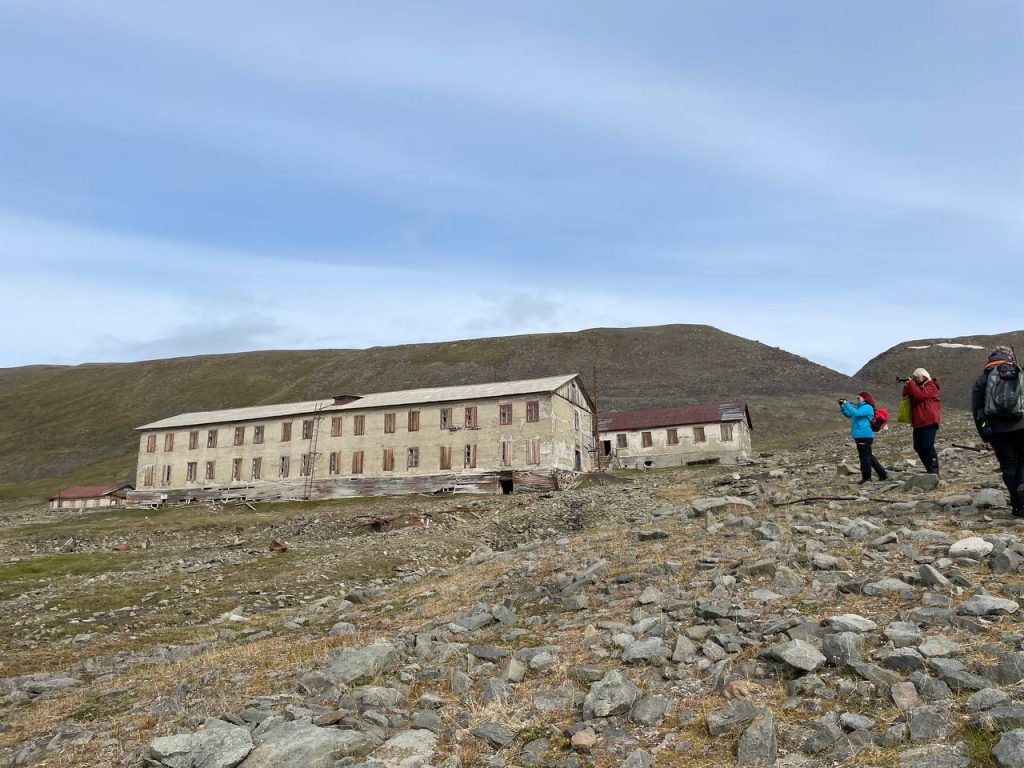
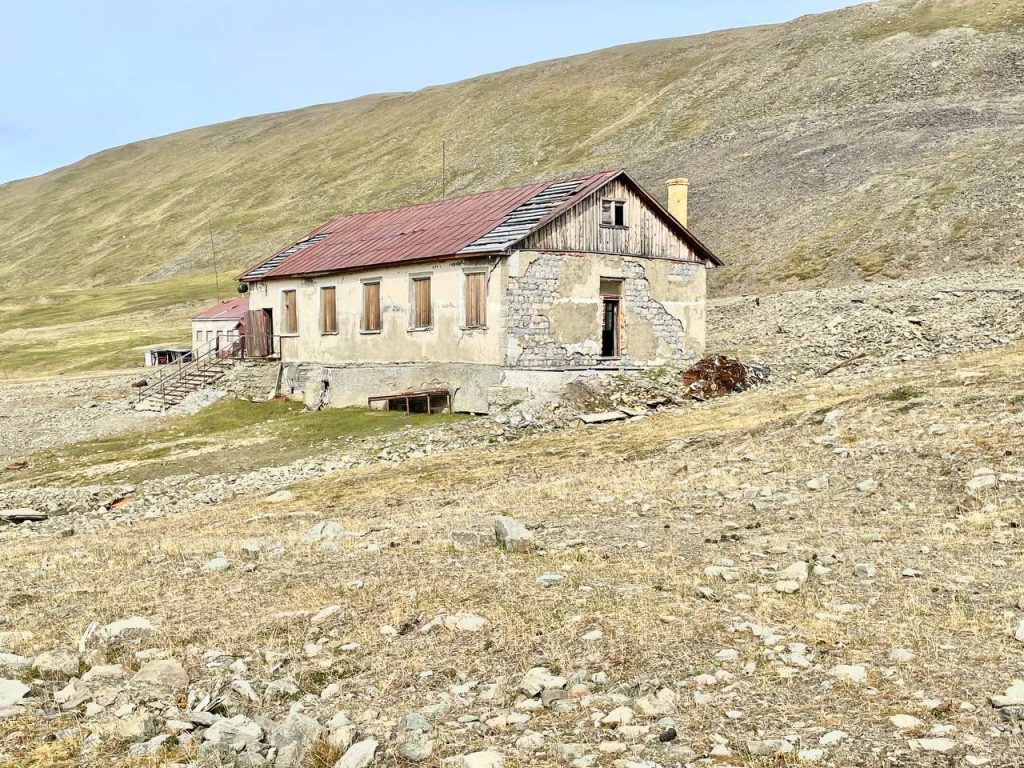
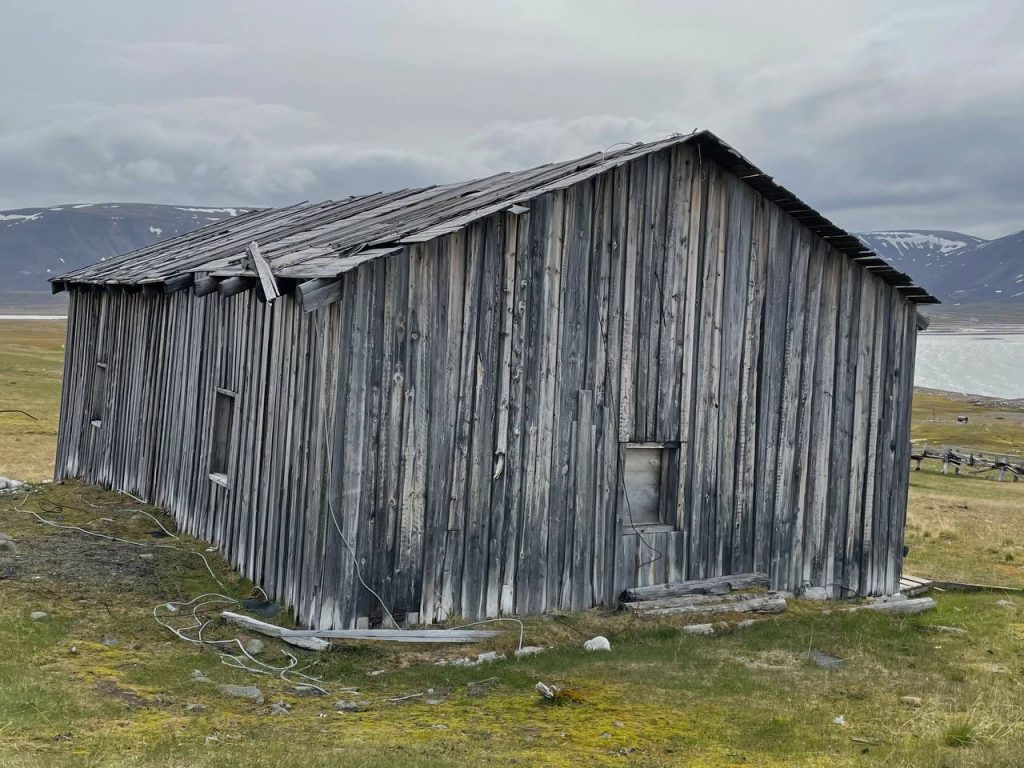
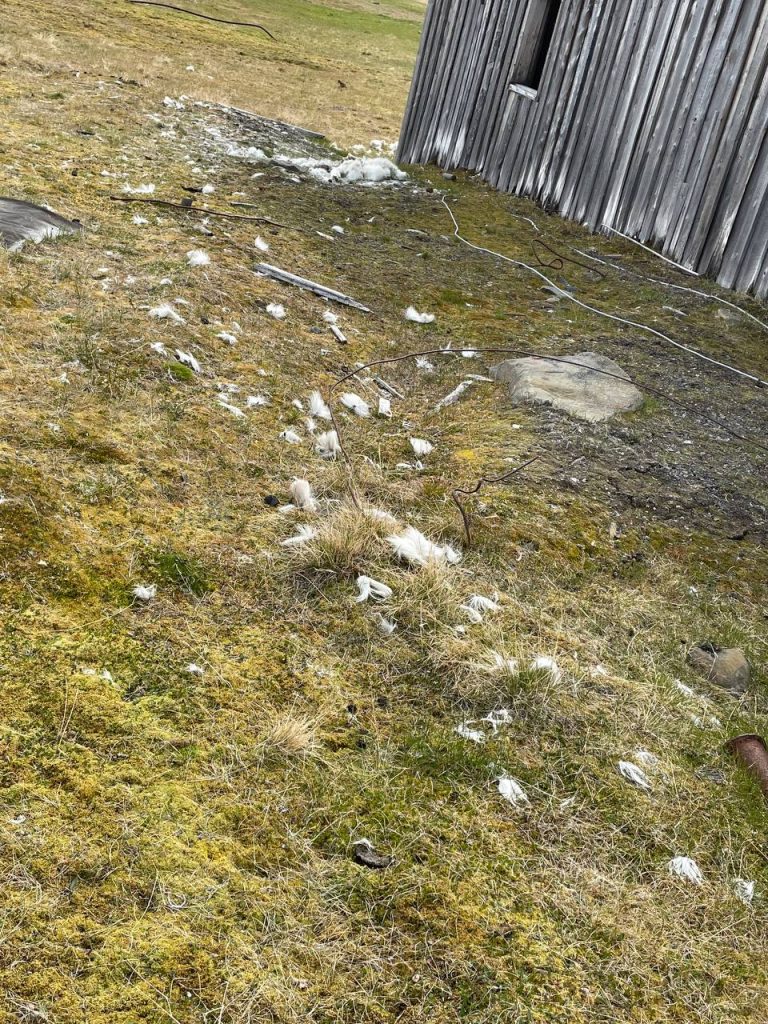
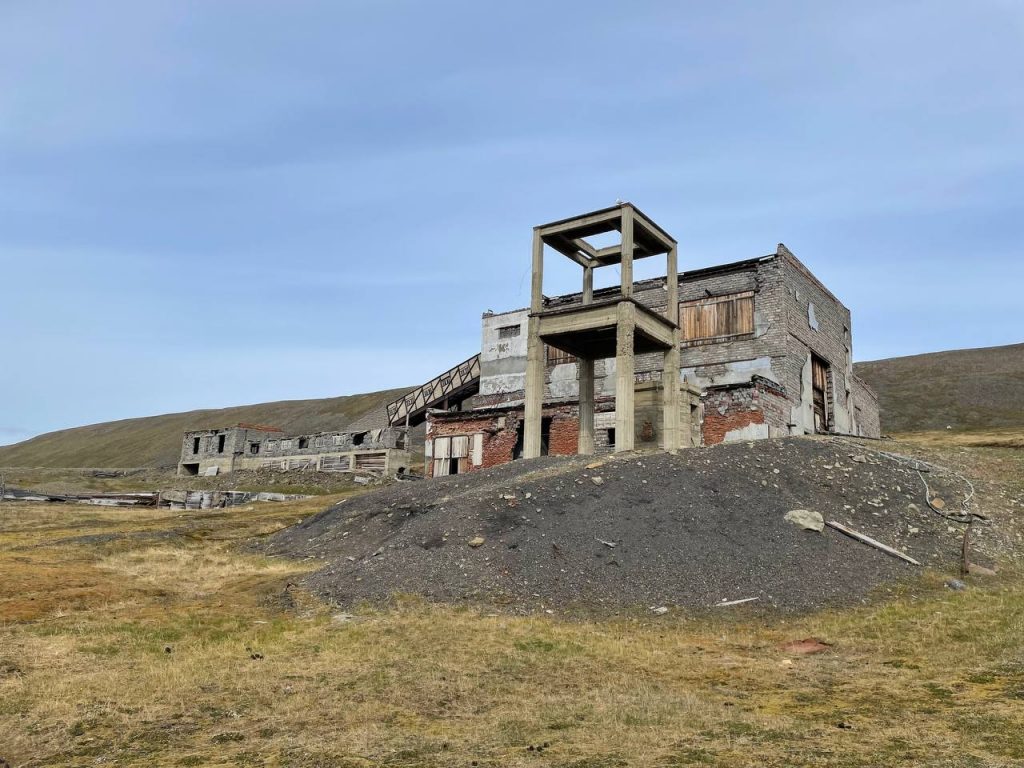
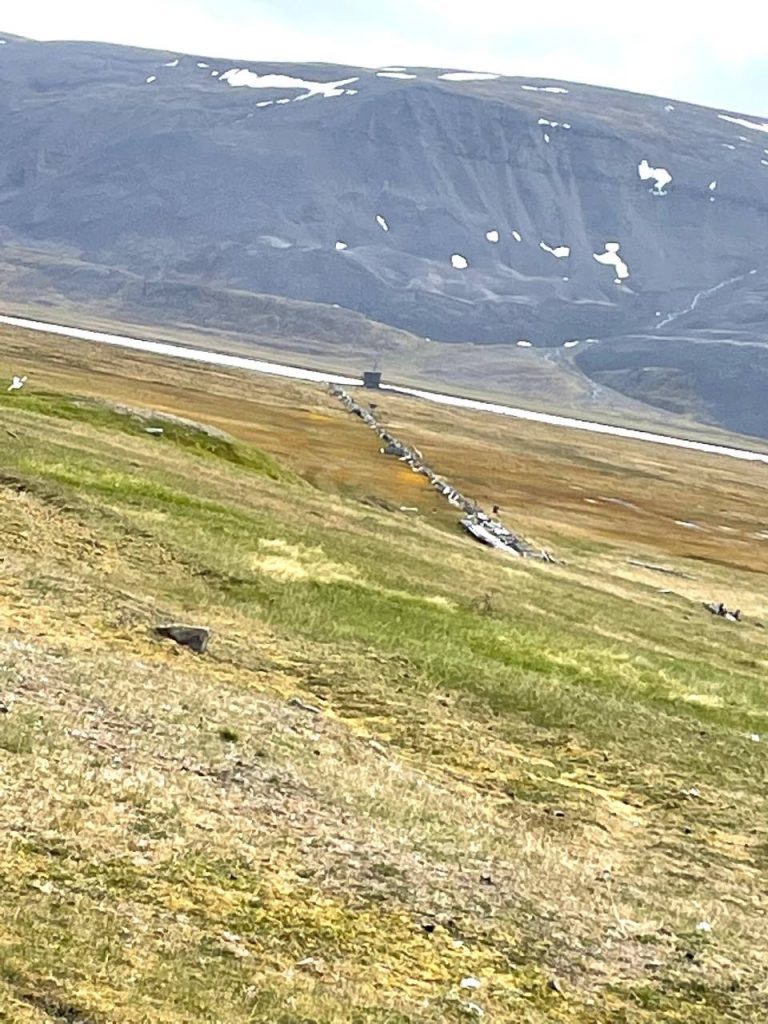
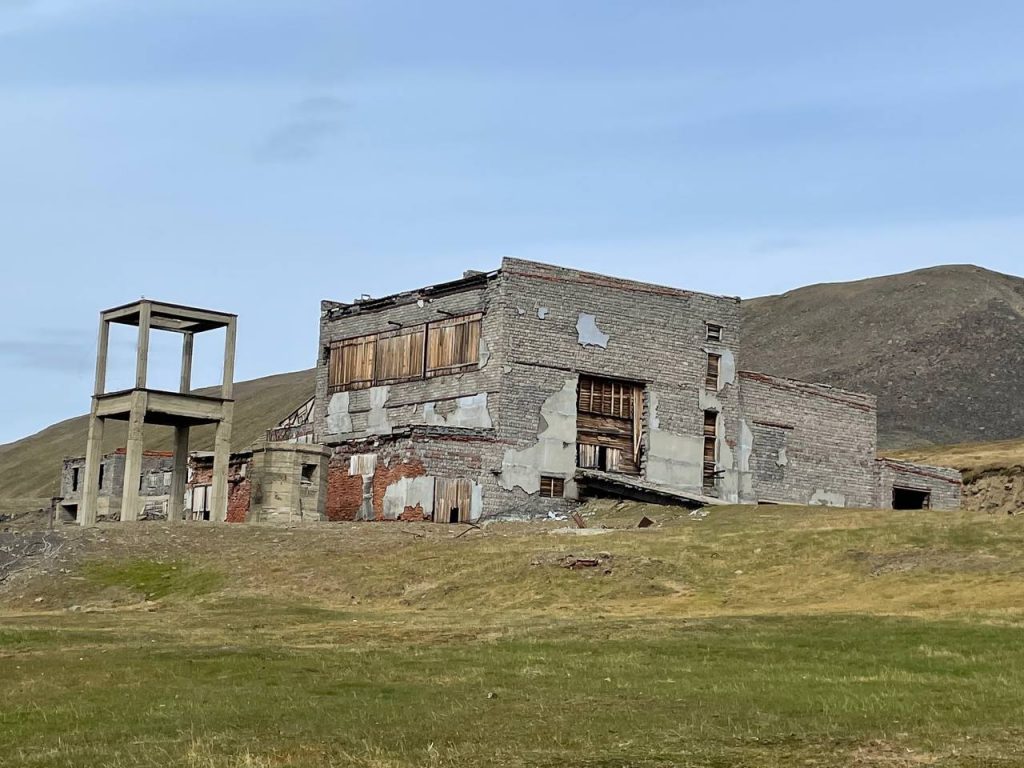
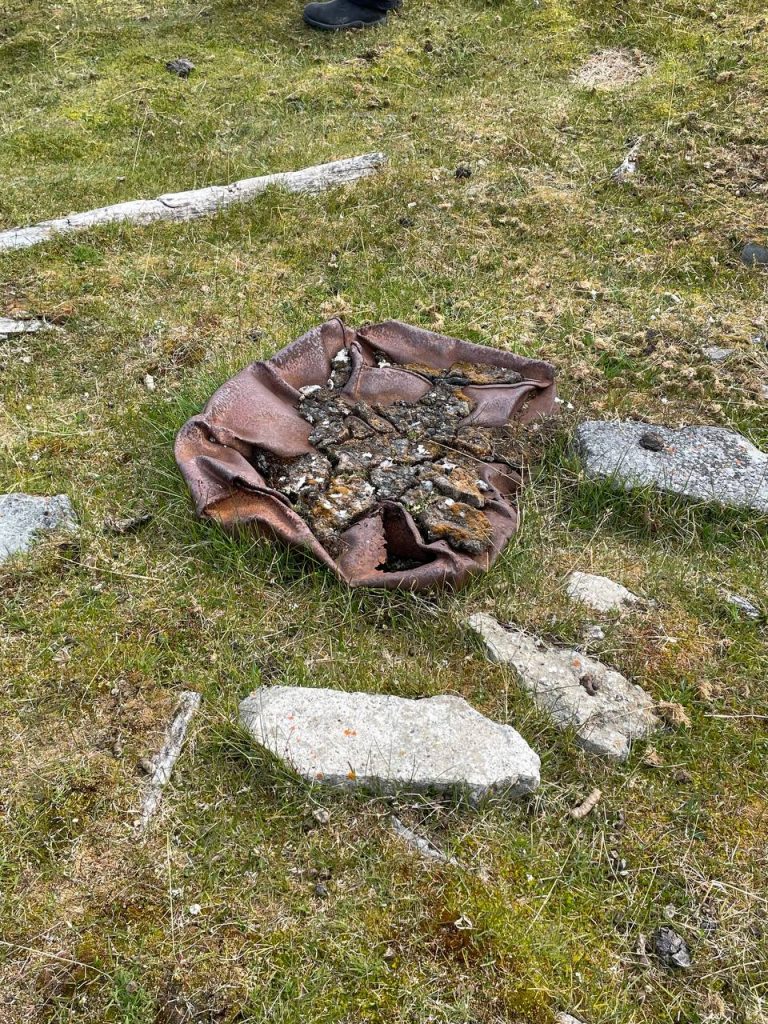
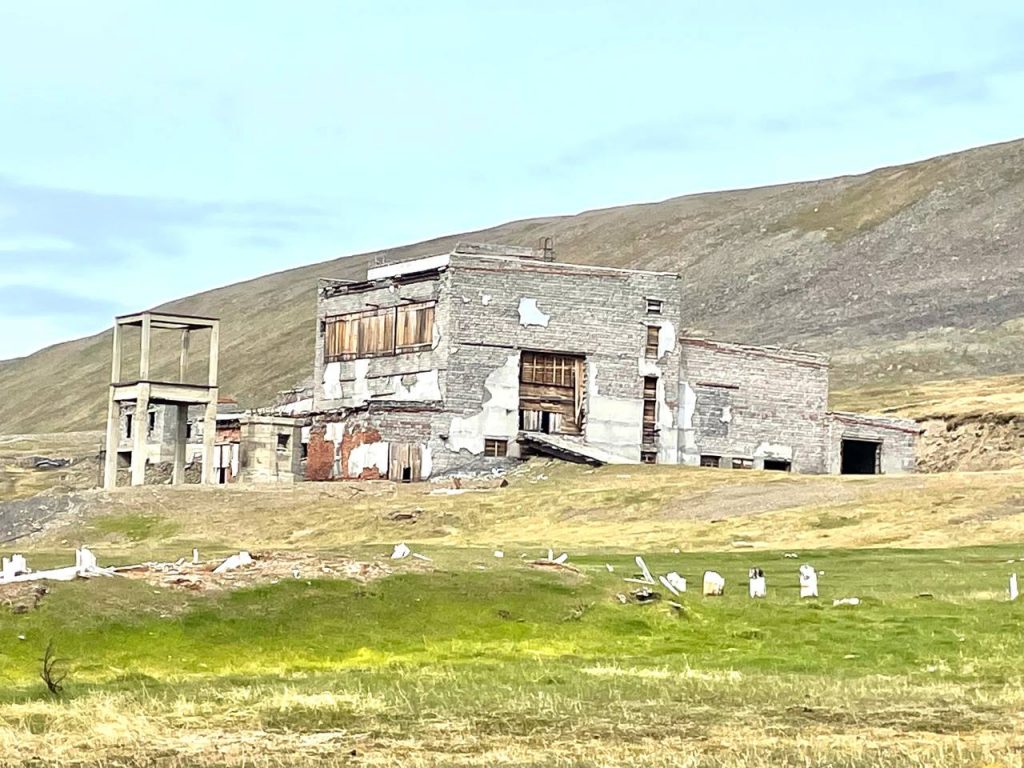
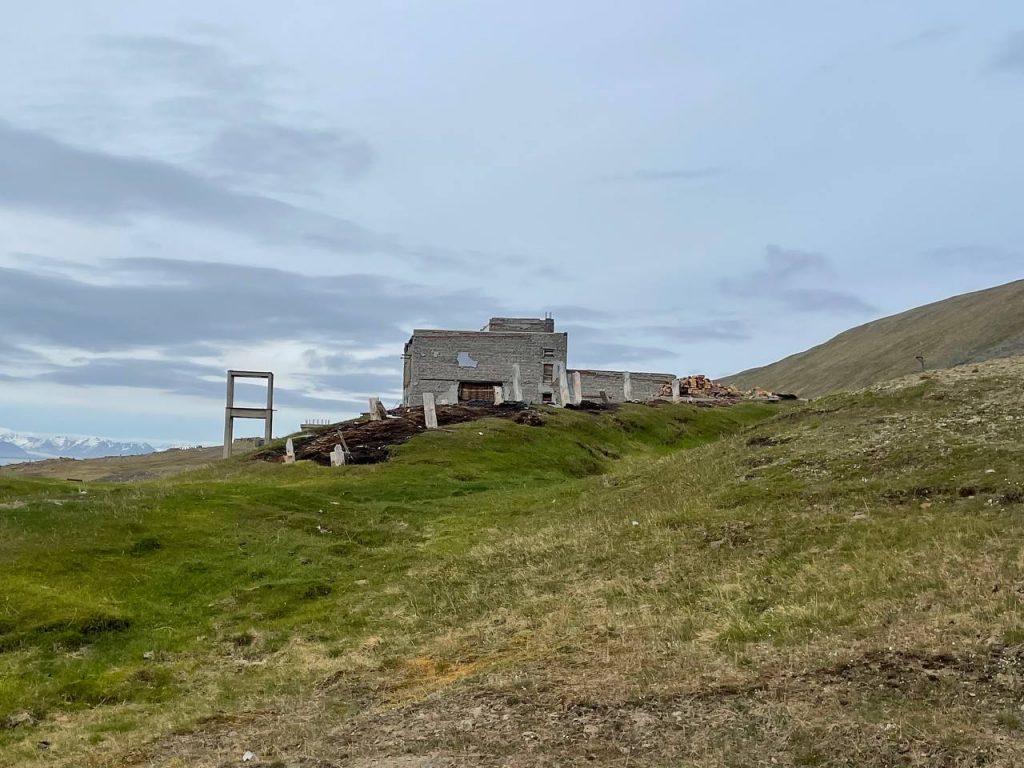
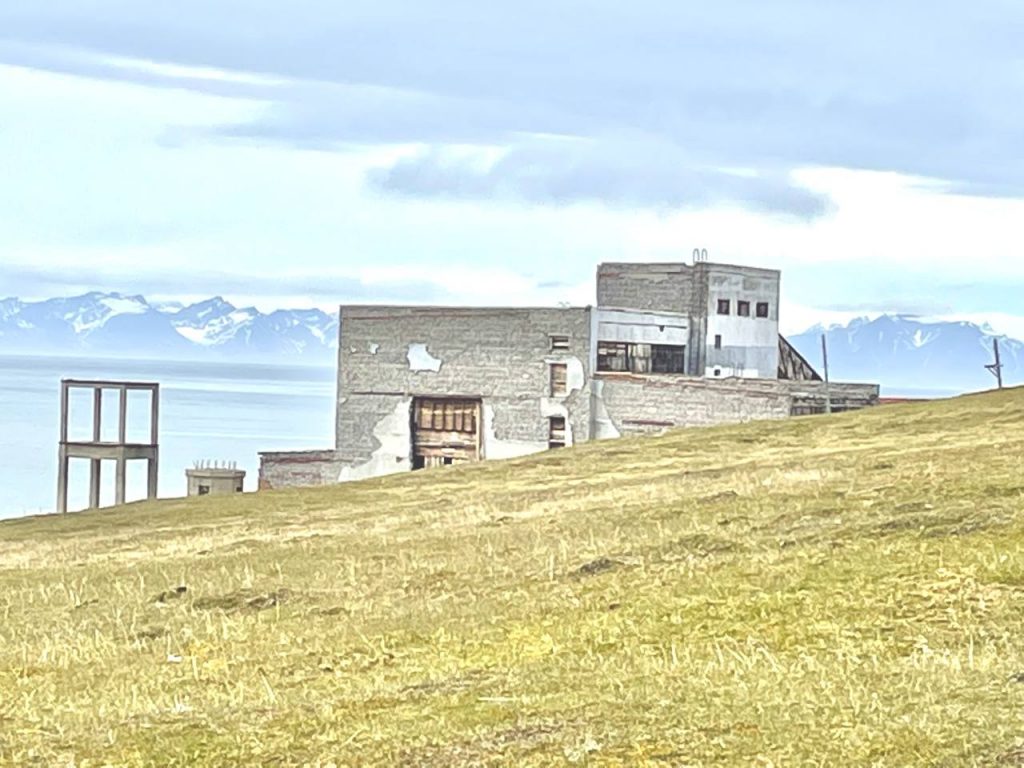
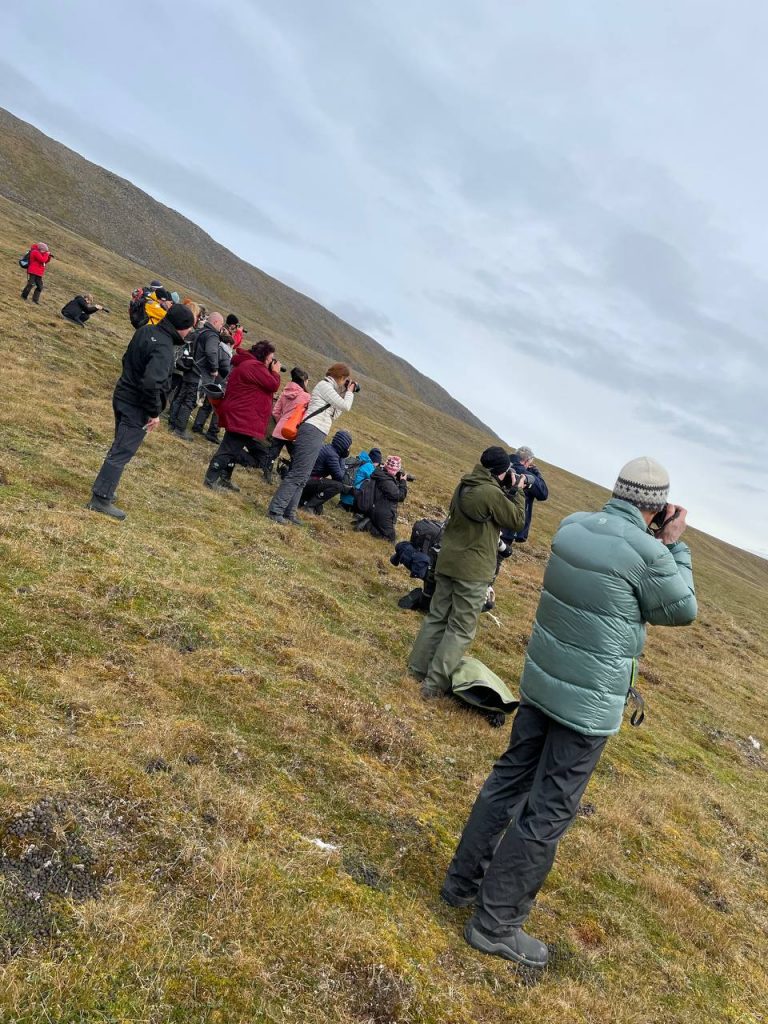
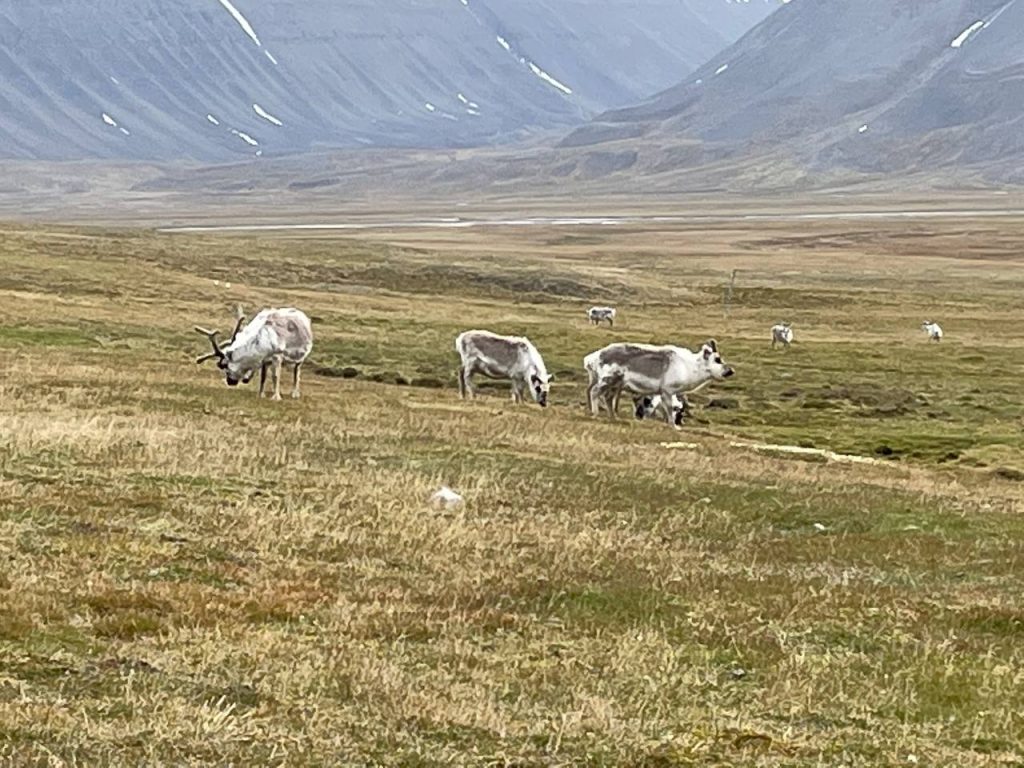
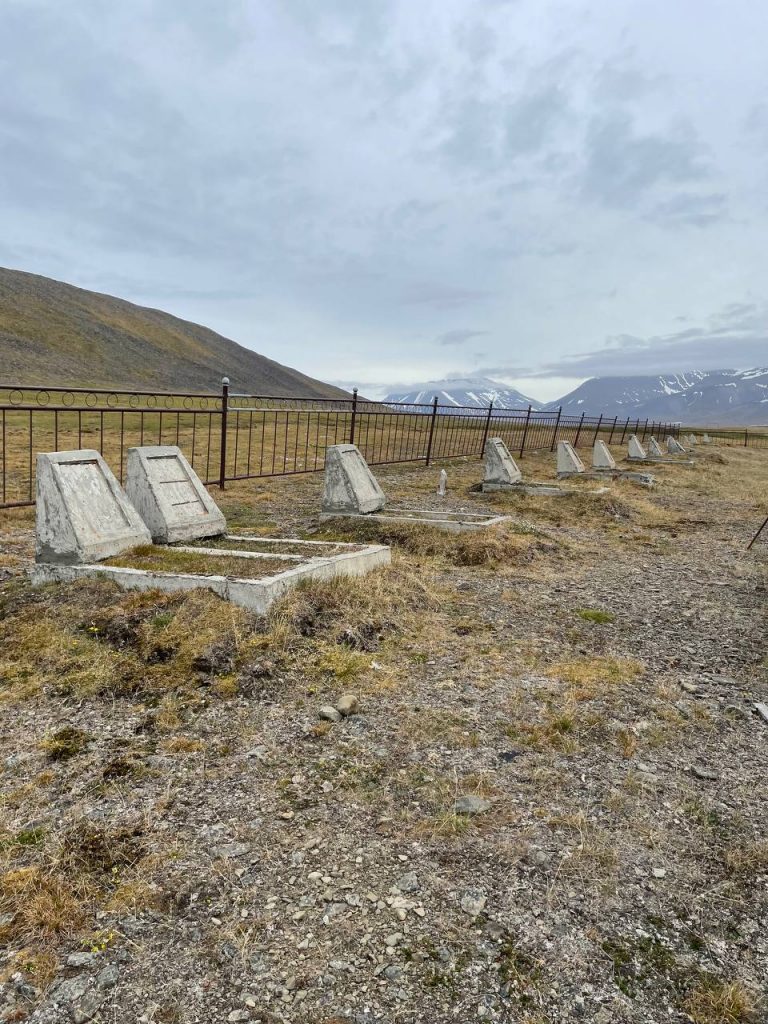
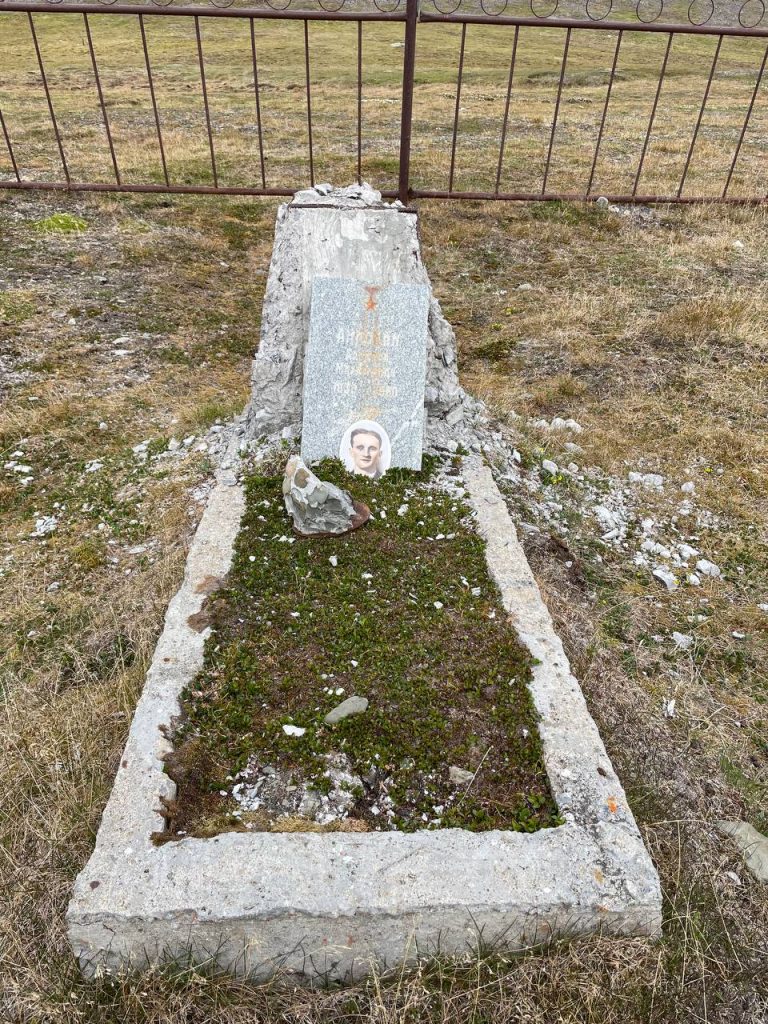
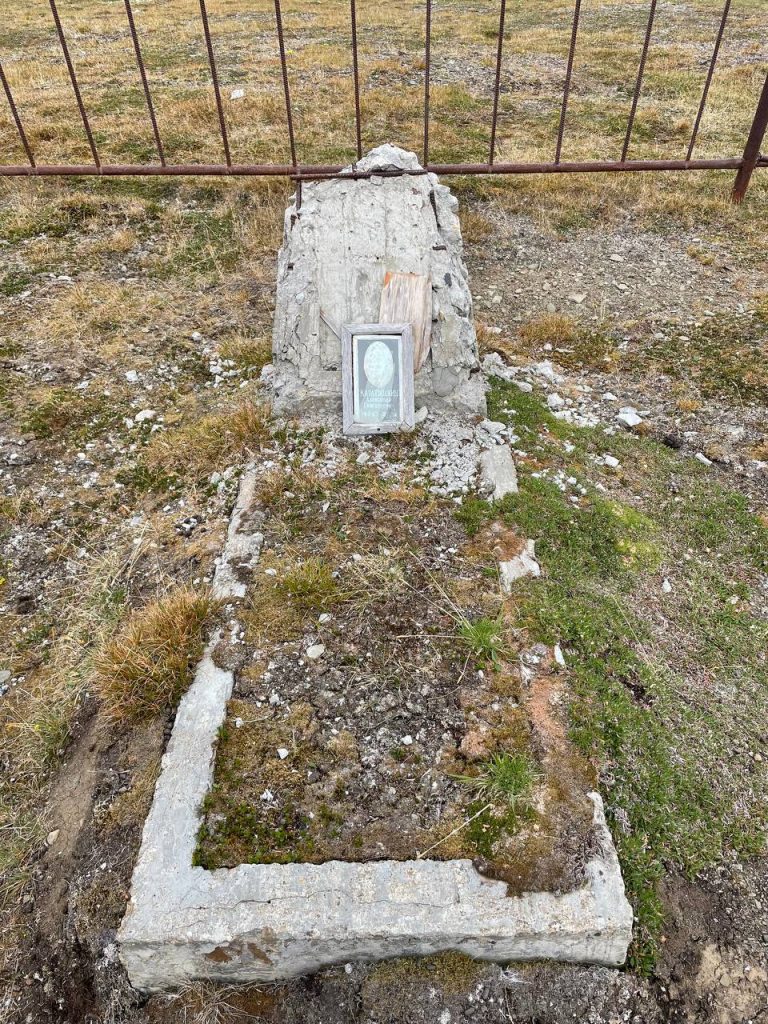
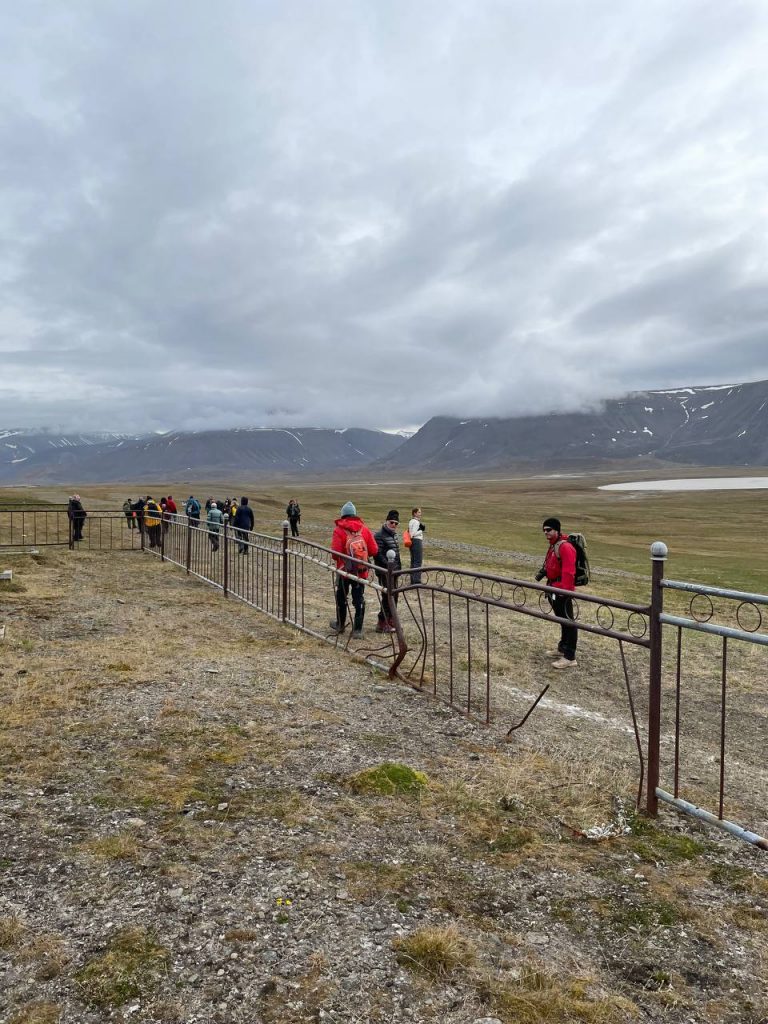
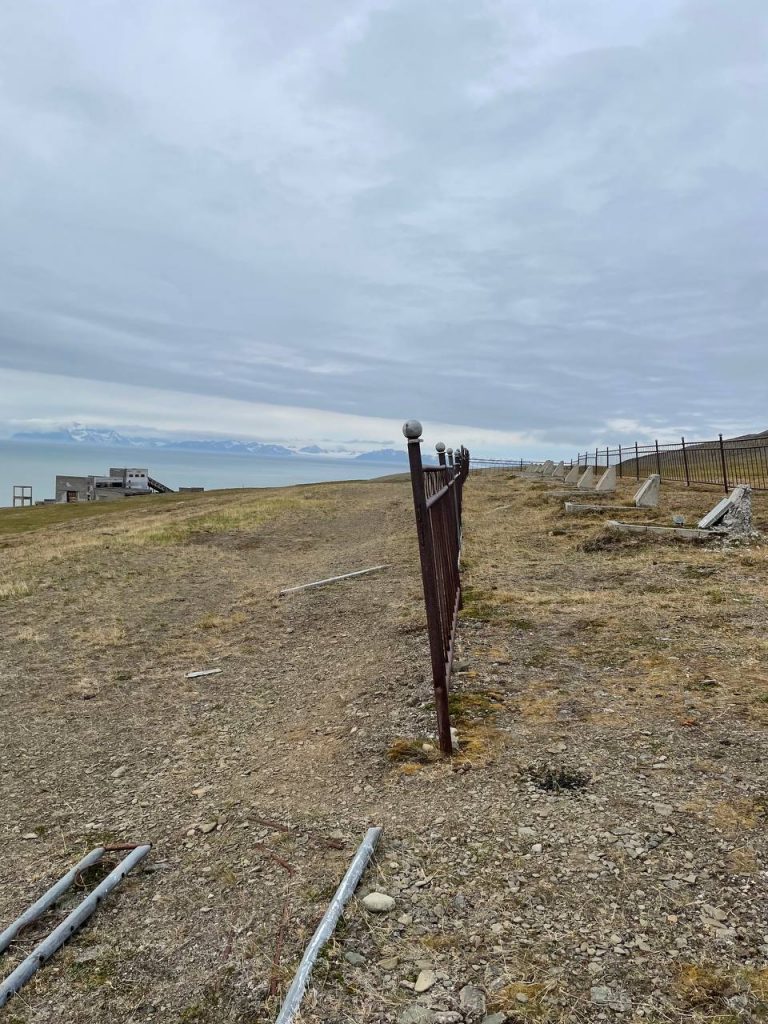
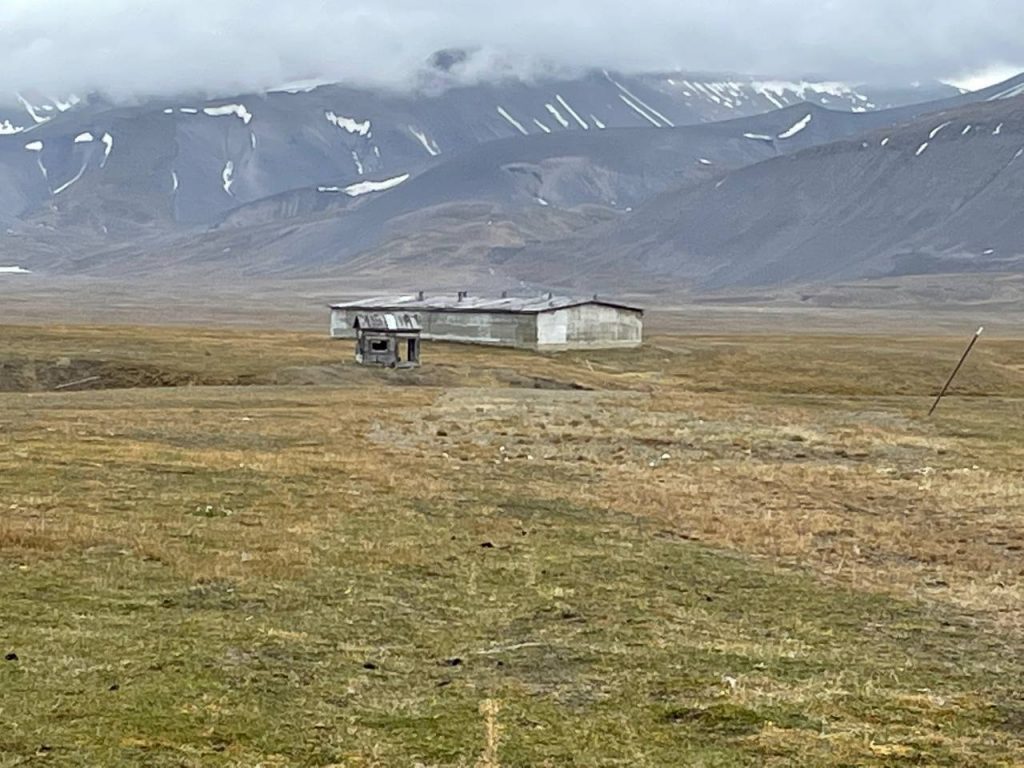
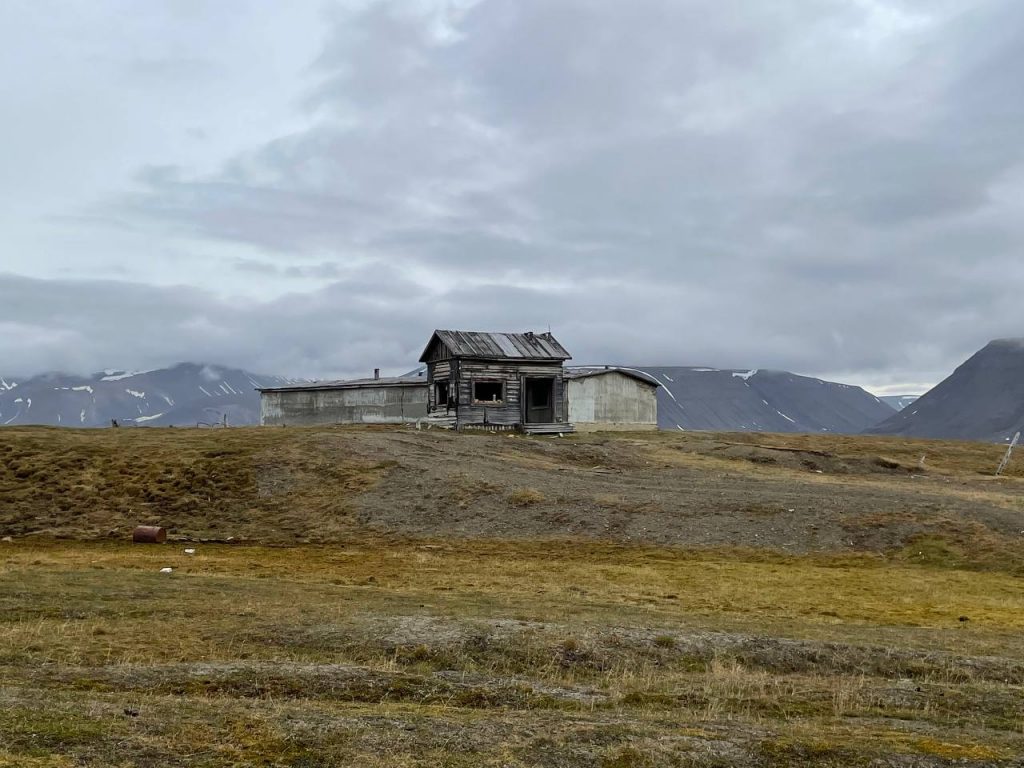
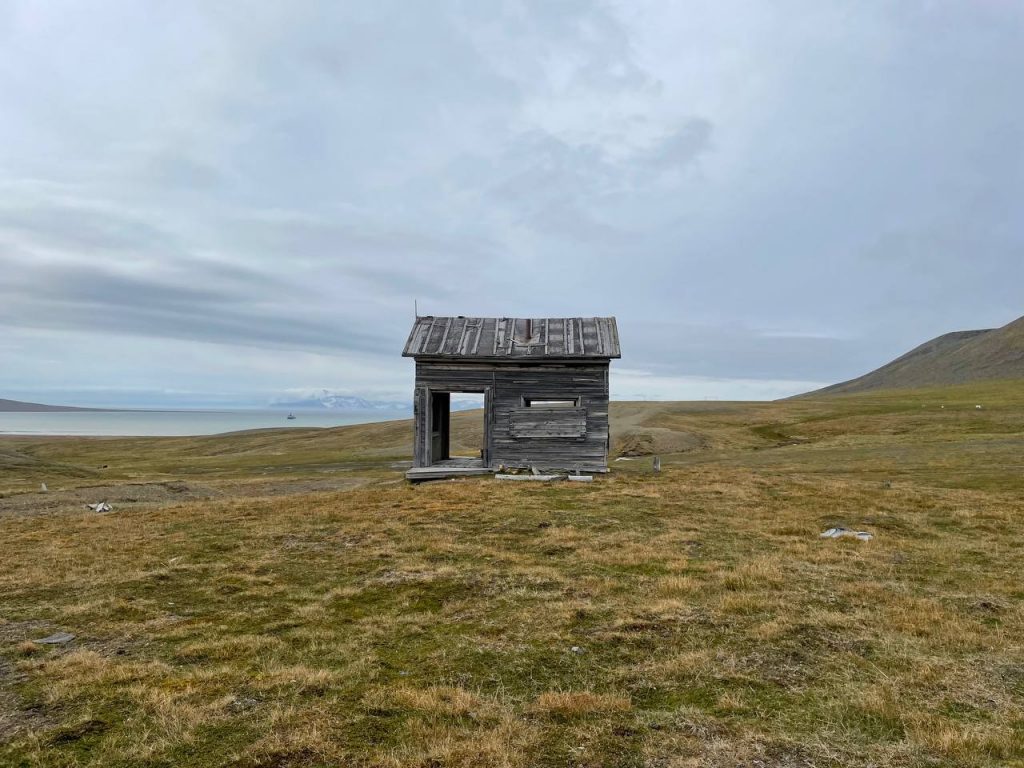
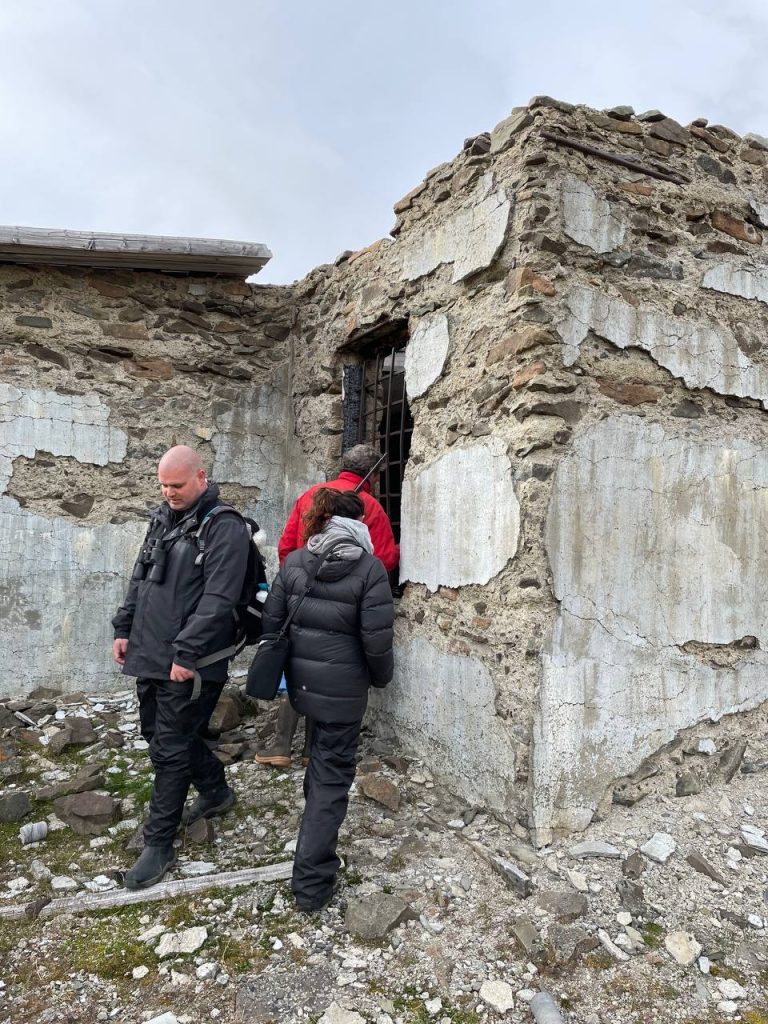
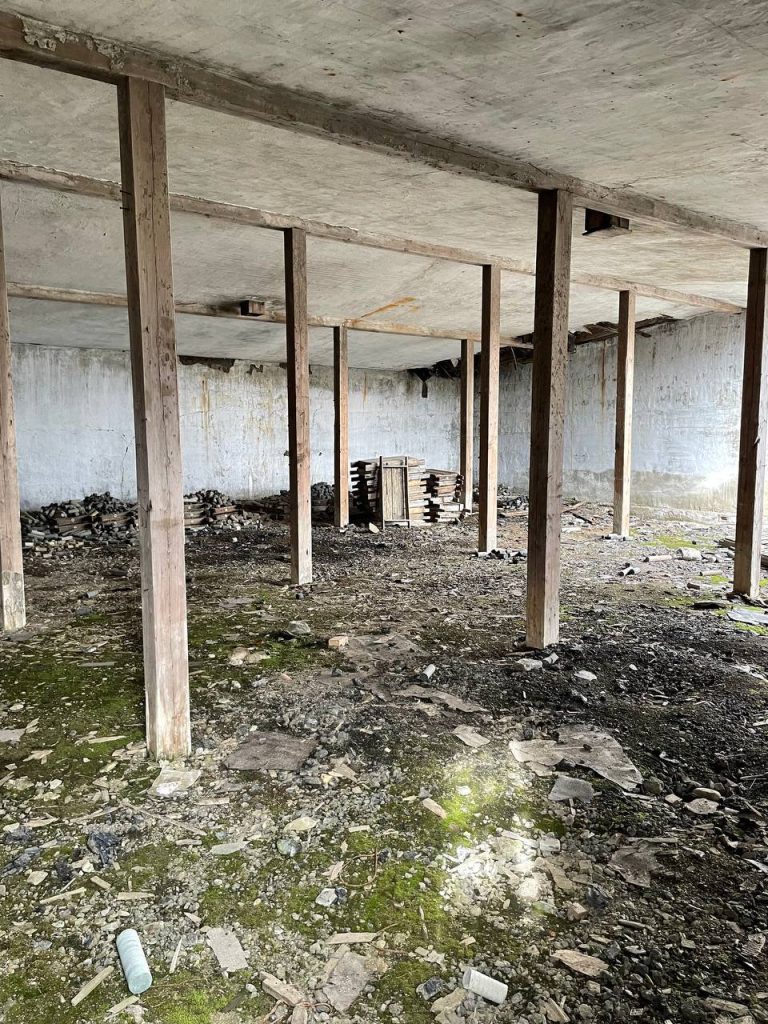
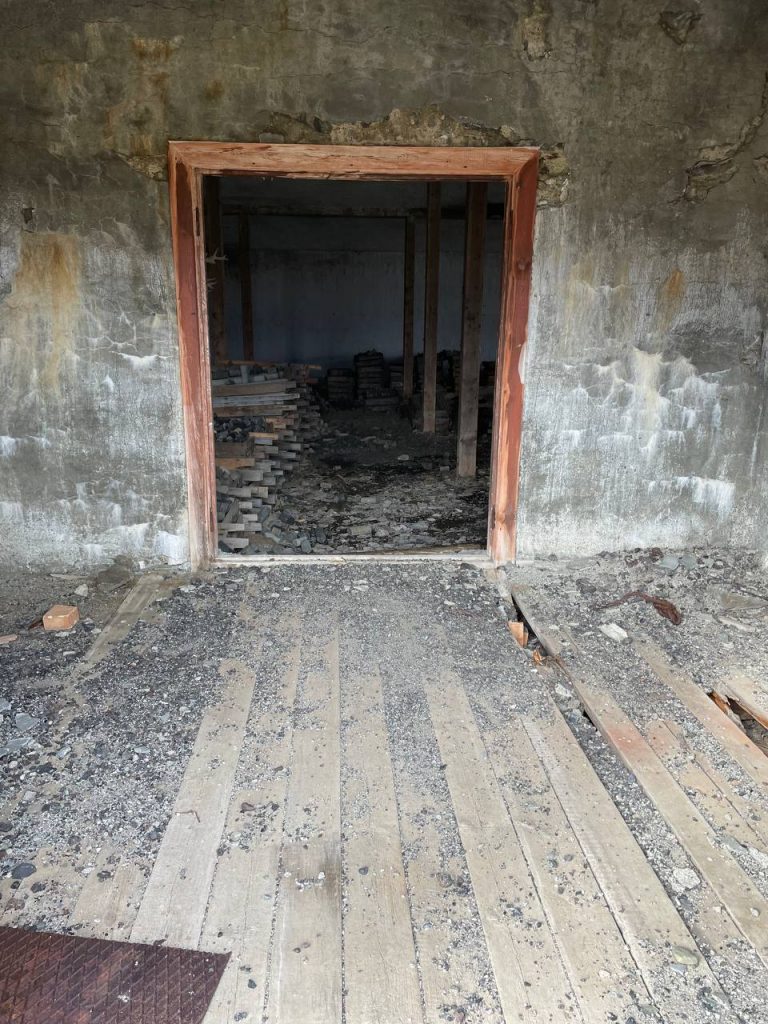
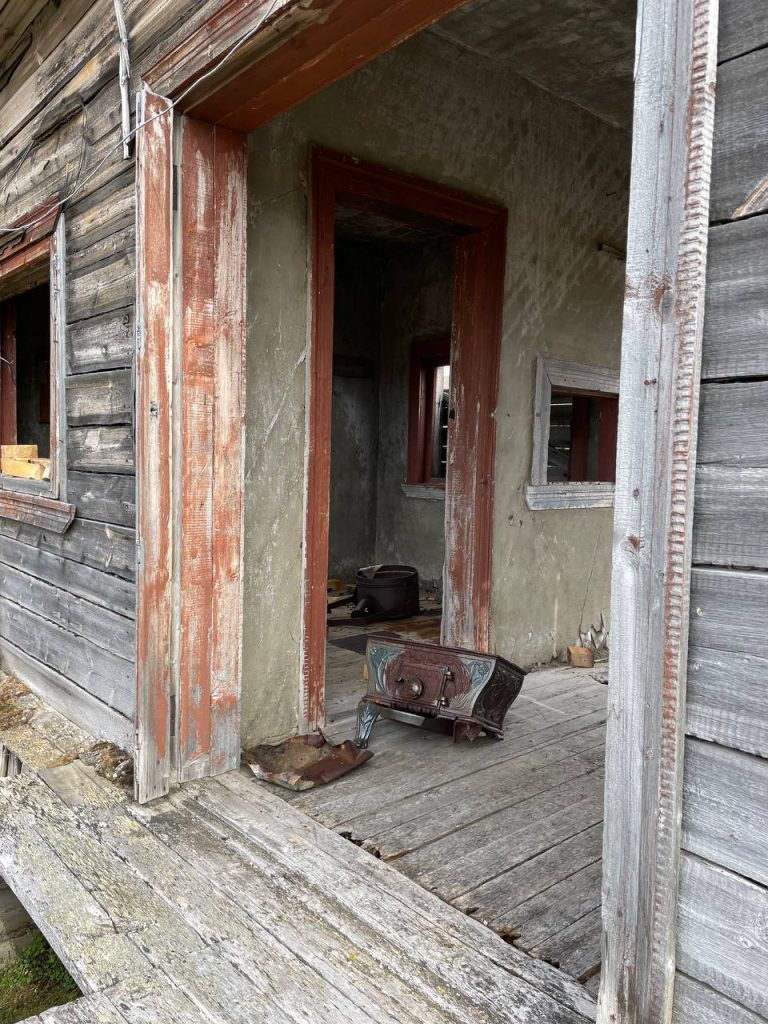
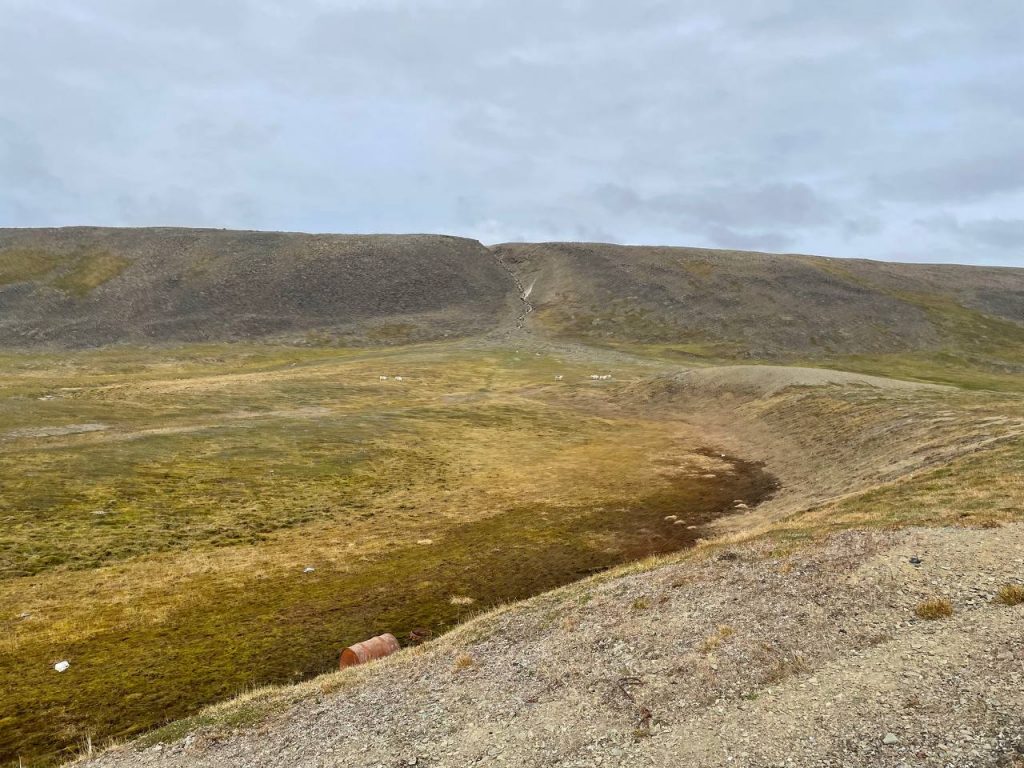
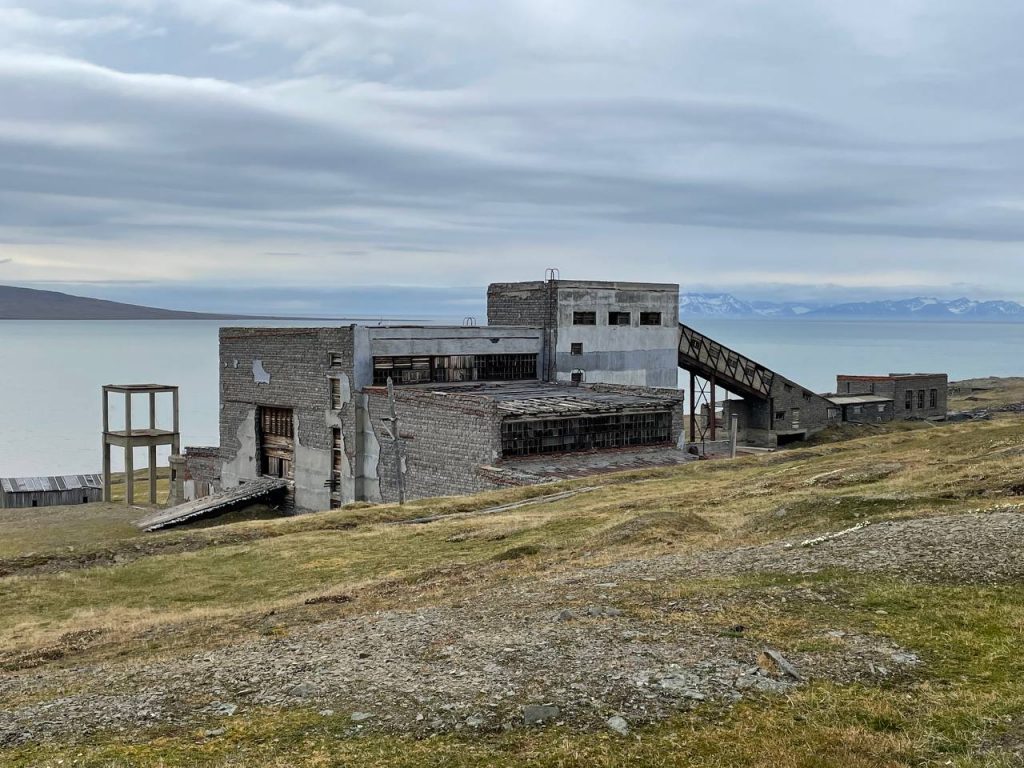
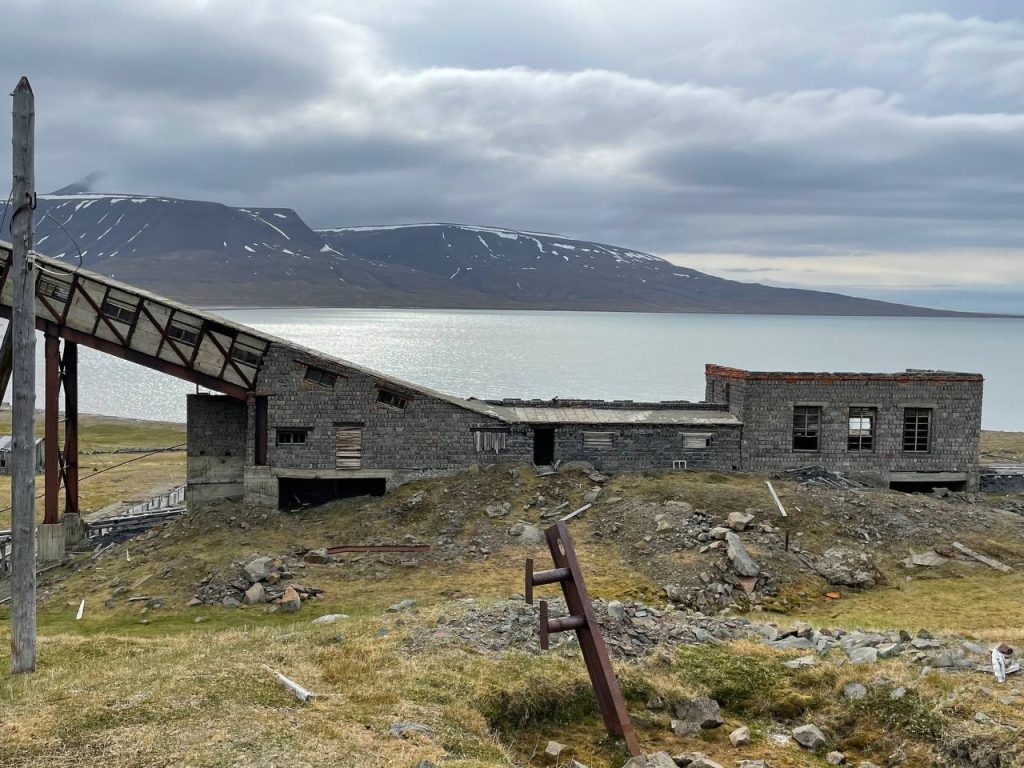
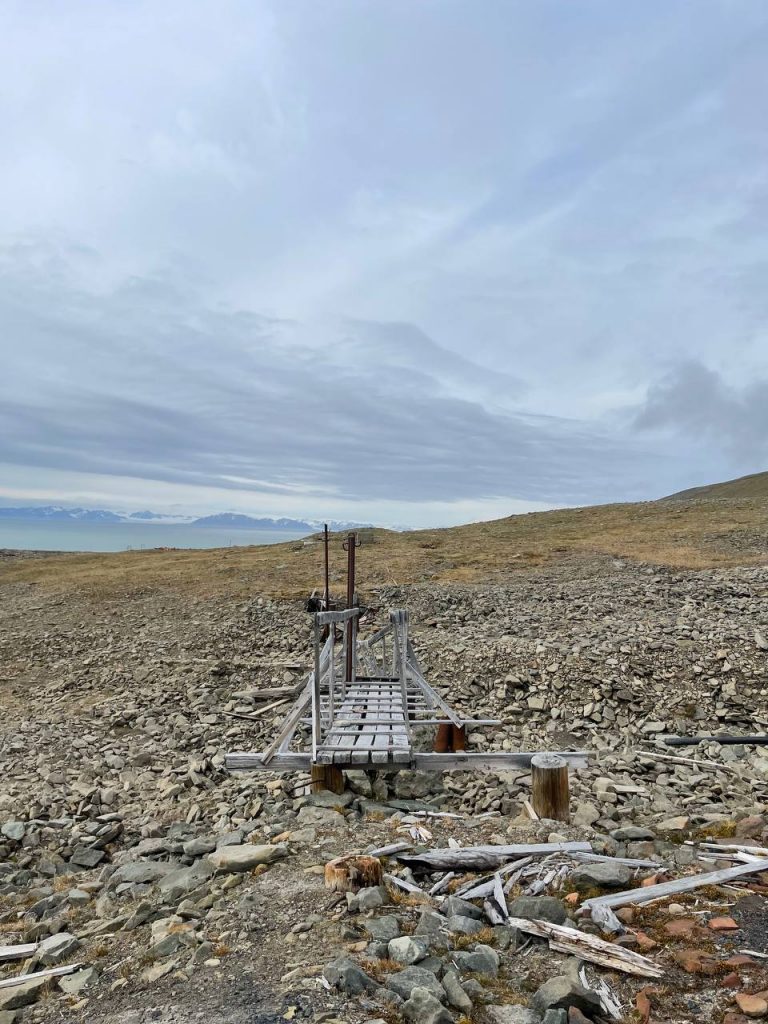
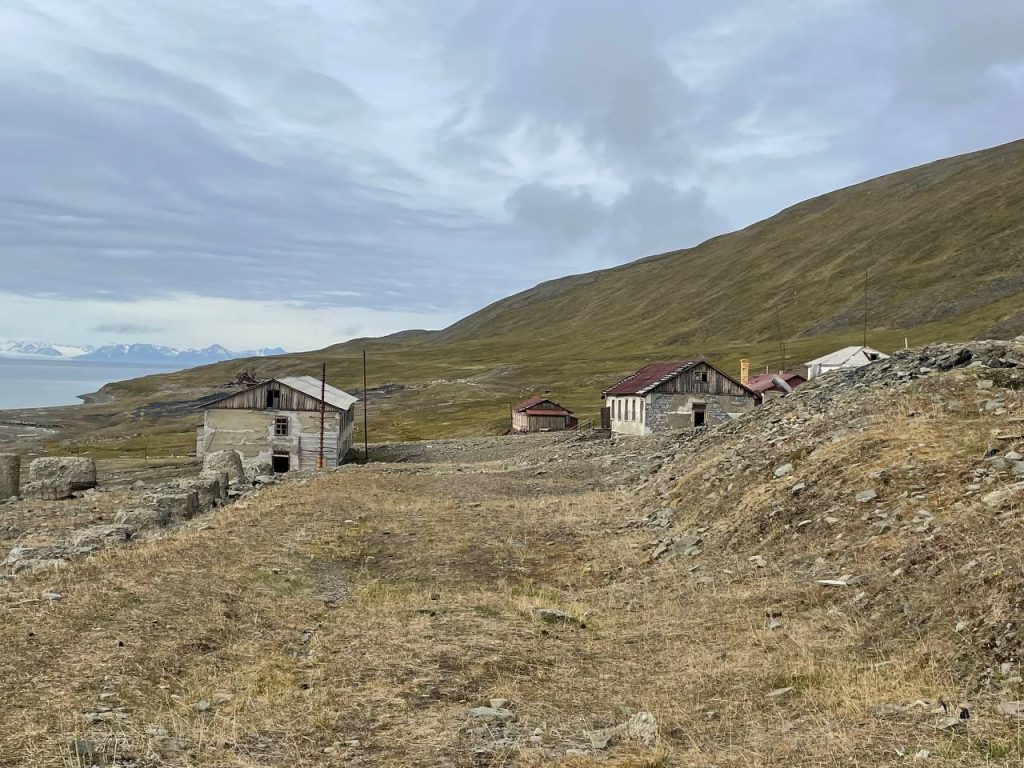
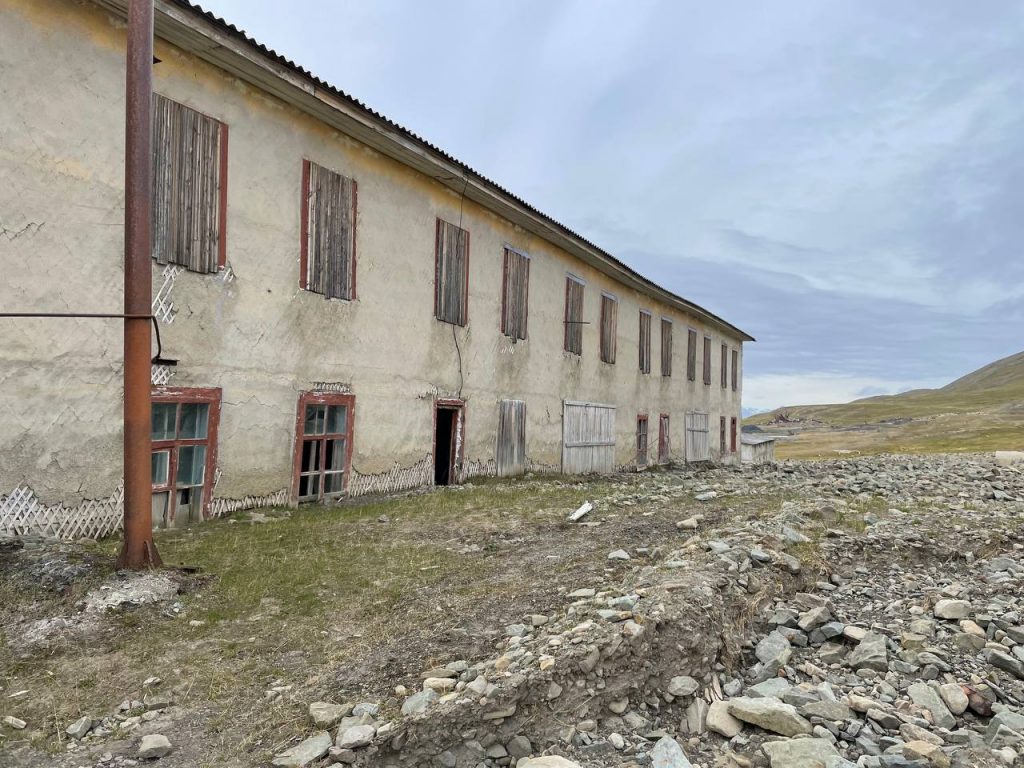
Going up from the factory you are drawn to the very small graveyard. Sadly most of the headstones are gone, but we could make two out, one of a guy that died in 1960 at just over 30 years old and still with a communist Red Star on it. Our group pondered how he might have died until a young guy said “probably suicide” – no one disagreed.
What really excited me at this point in the hike and indeed more than the very compliant and photogenic reindeer was what looked like a football pitch. In the distance I could make out what appeared to be a goal, but assumed it was something more “industrial” (obviously there was no net). On arrival though it was indeed a football pitch, although goal two had fallen down. Ever wonder what people in the artic do for fun? In this Soviet town football and dying were at lest two options.
At the tail end of our hike we found a small living quarters and a storage building. The living quarters were we assumed for whoever was guarding the storage building, but quite why said building was so far we did not know. Amazingly the coal pellets and wood (which had been imported) were still in very good condition, as was the building
There were other buildings around the area, as well as visible as we sailed away that we did not get to visit due to limited time and extremely tough terrain, but as a whole it gave a true insight into what life must have been like for the Artic Soviets.
Is it worth visiting Colesbukta? Our guides who were of the nature orientation seemed to think we were mad in wanting to visit. I will though personally say this, and it rings true as much for Antarctica and Greenland! Seeing the nature here is amazing, seeing the wildlife is wonderful, but seeing how people cope and have coped in some of the most extreme conditions on earth truly shows the human condition.
Yes it was not Barentsburg, but it was a true Soviet Arctic ghost town.





